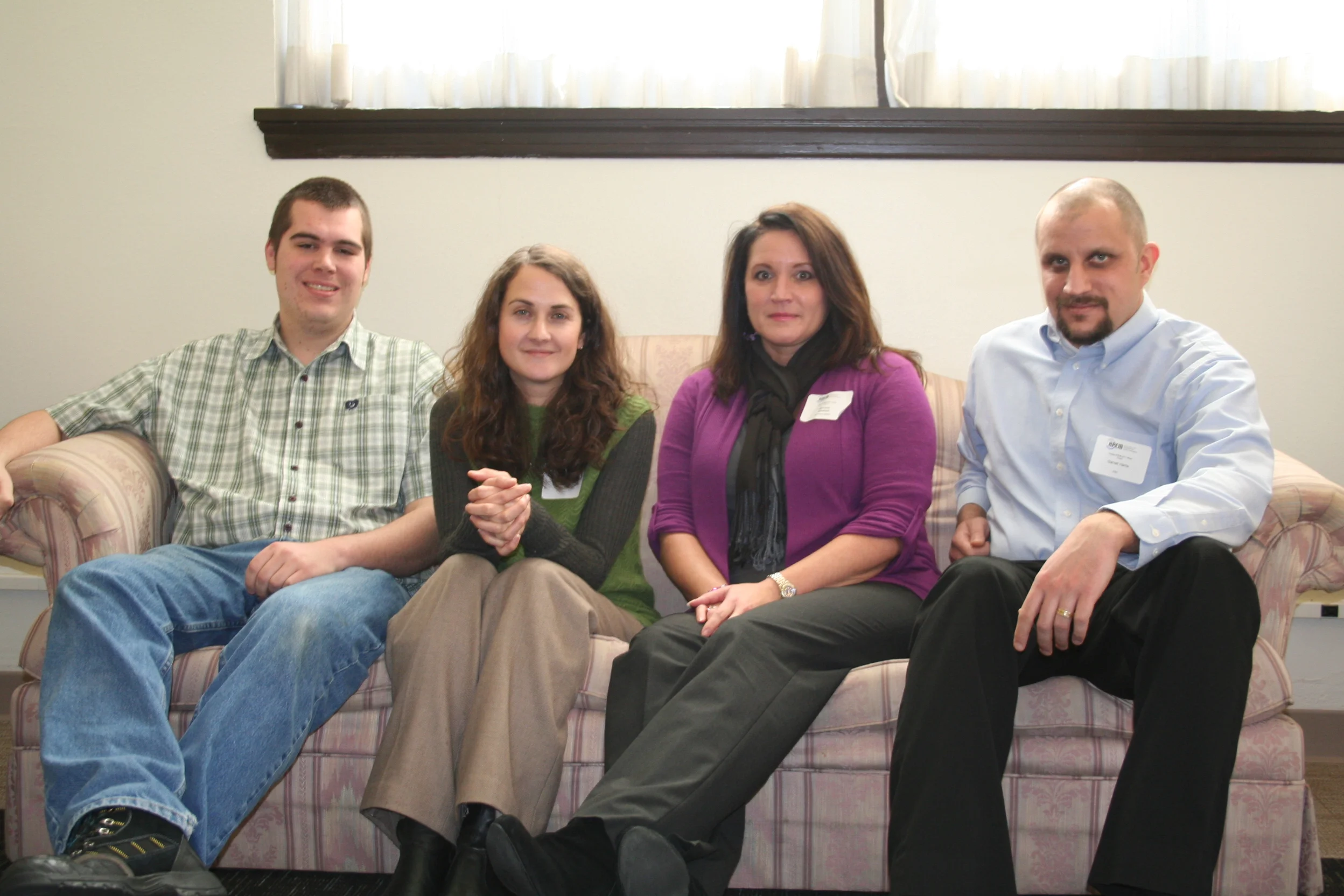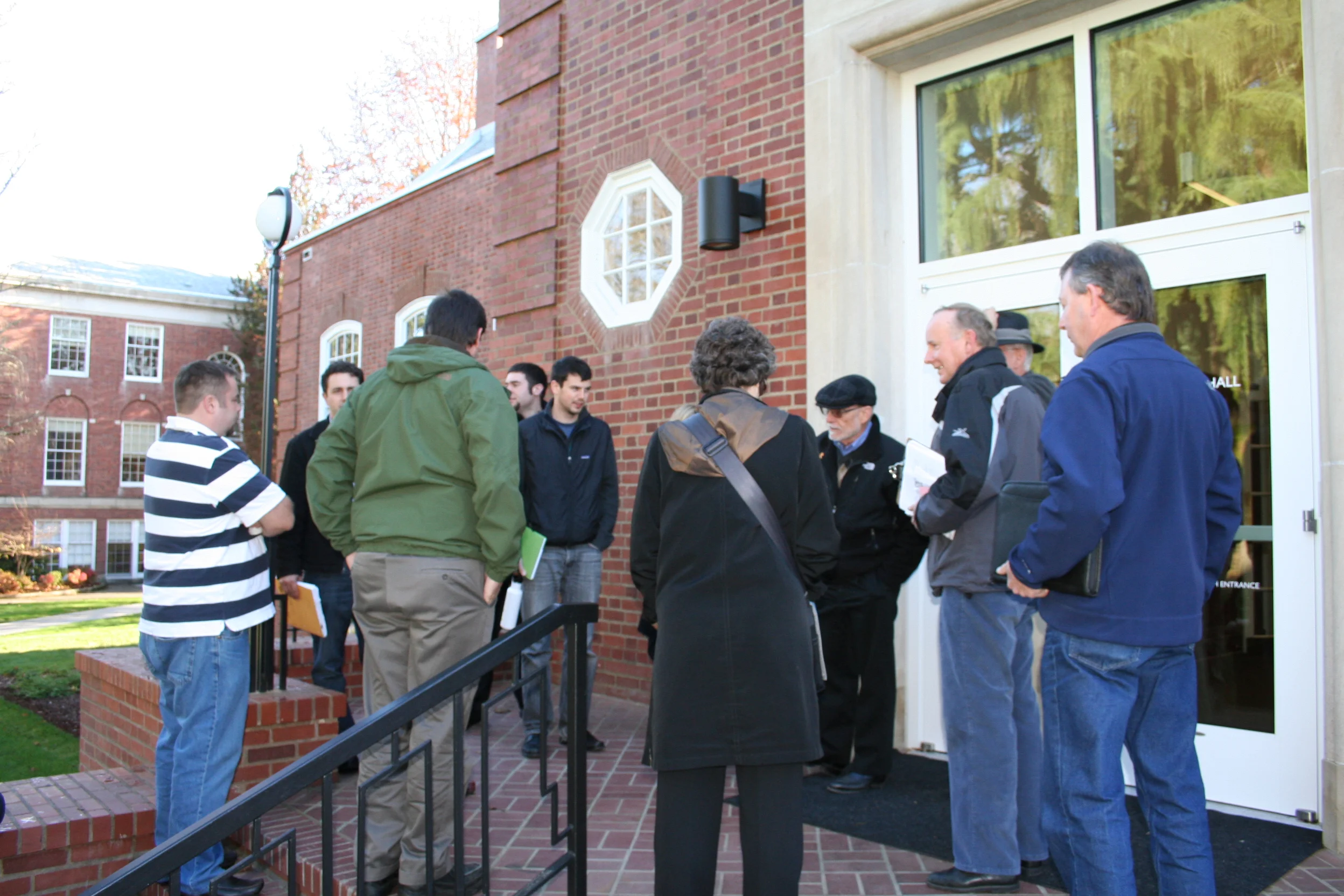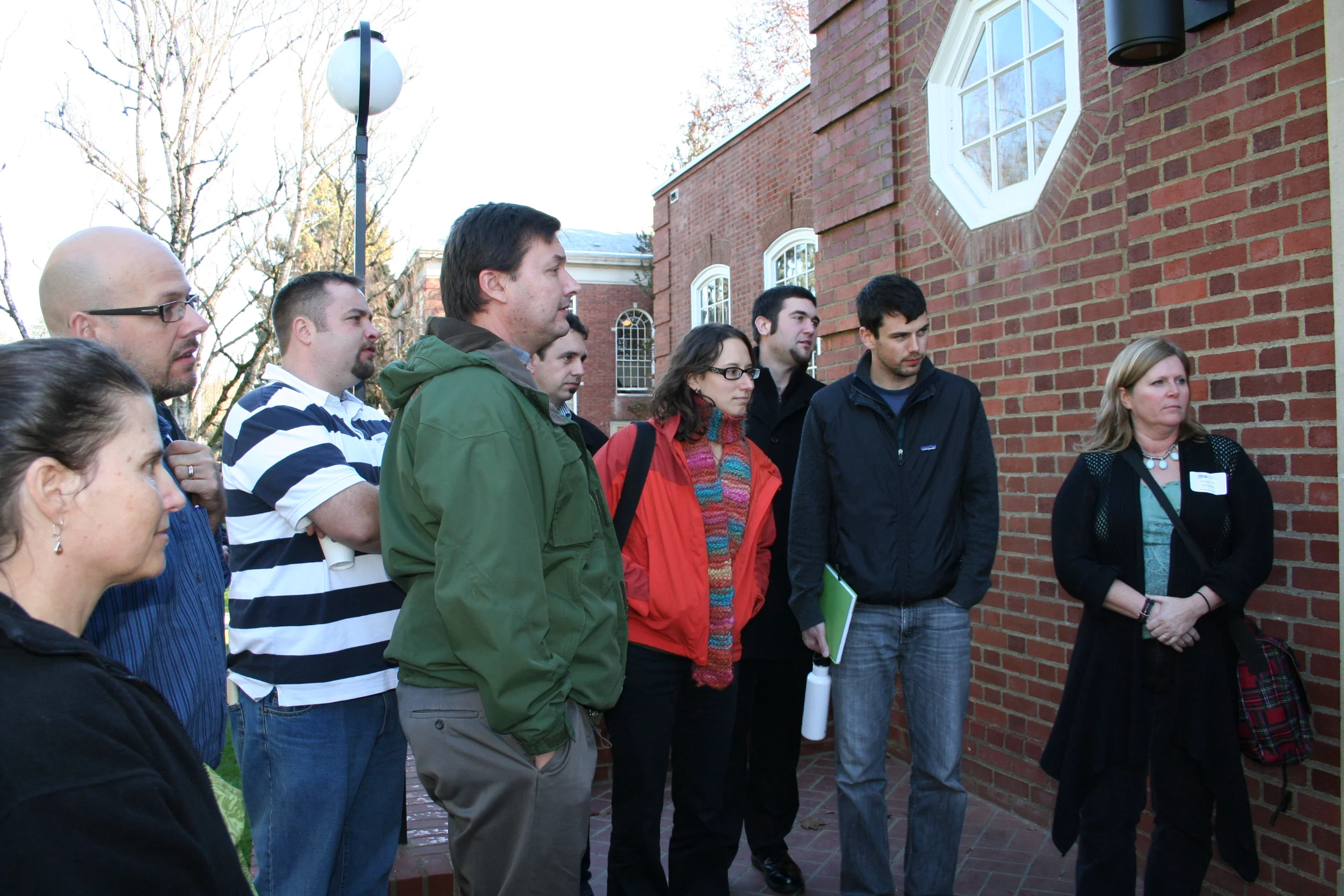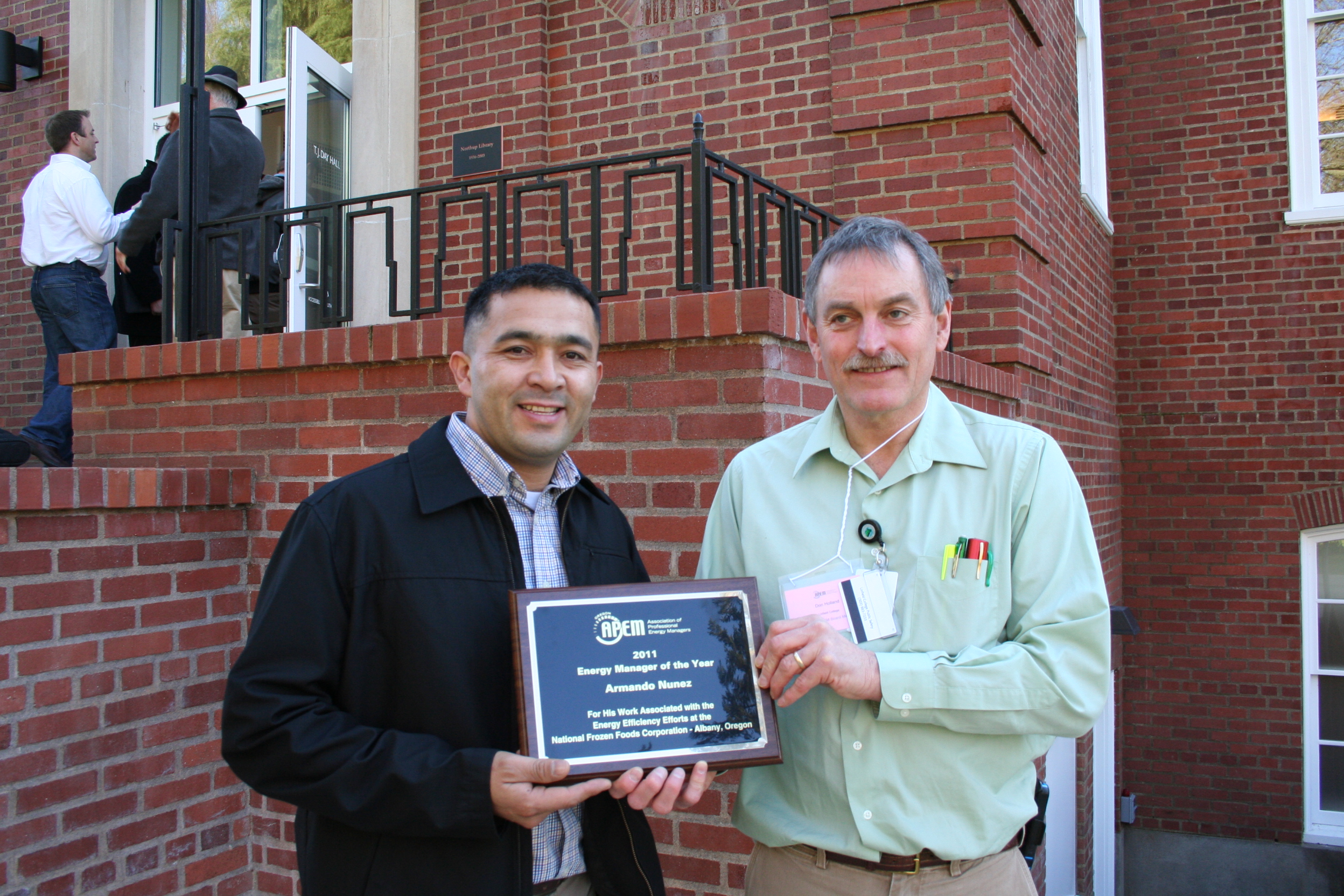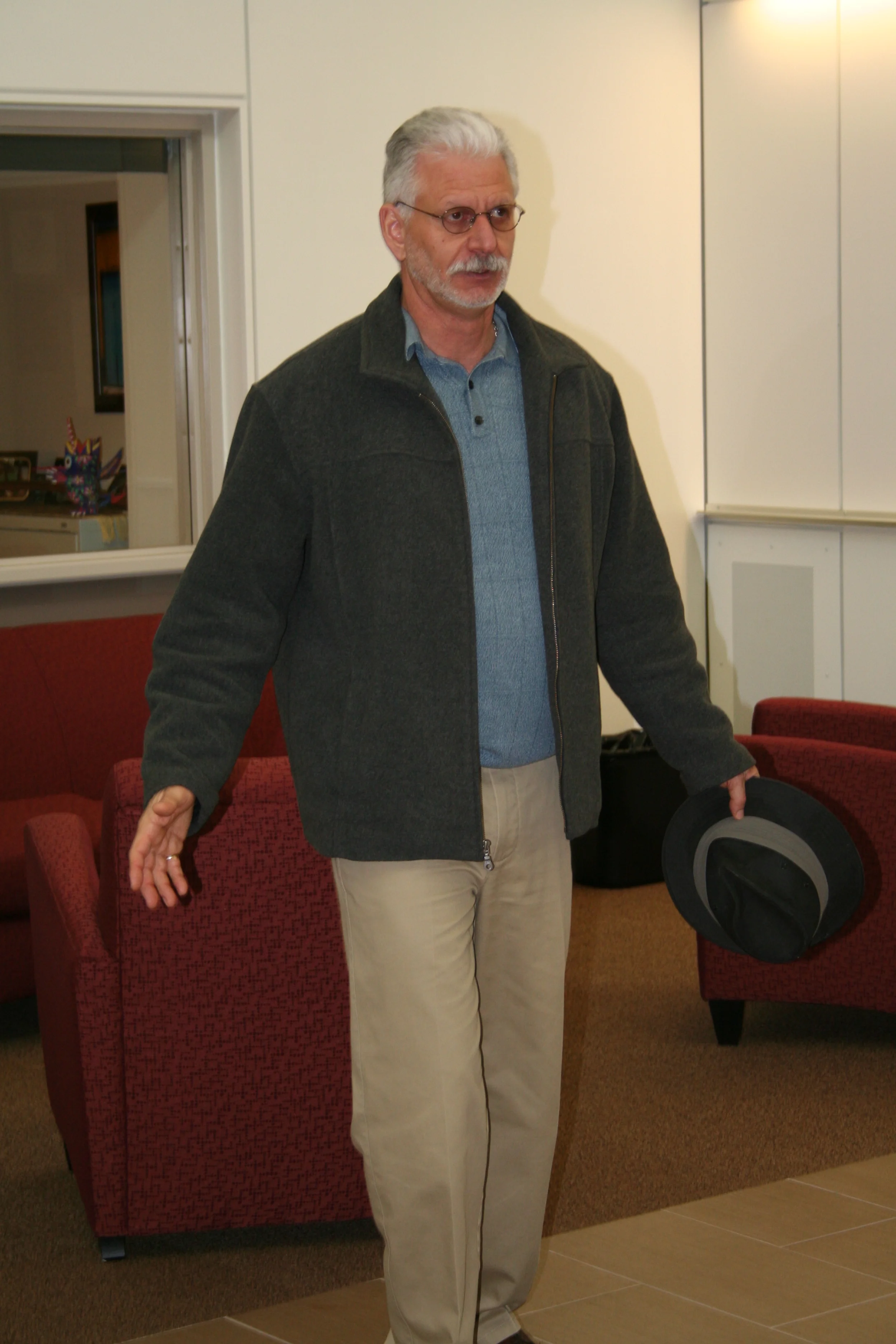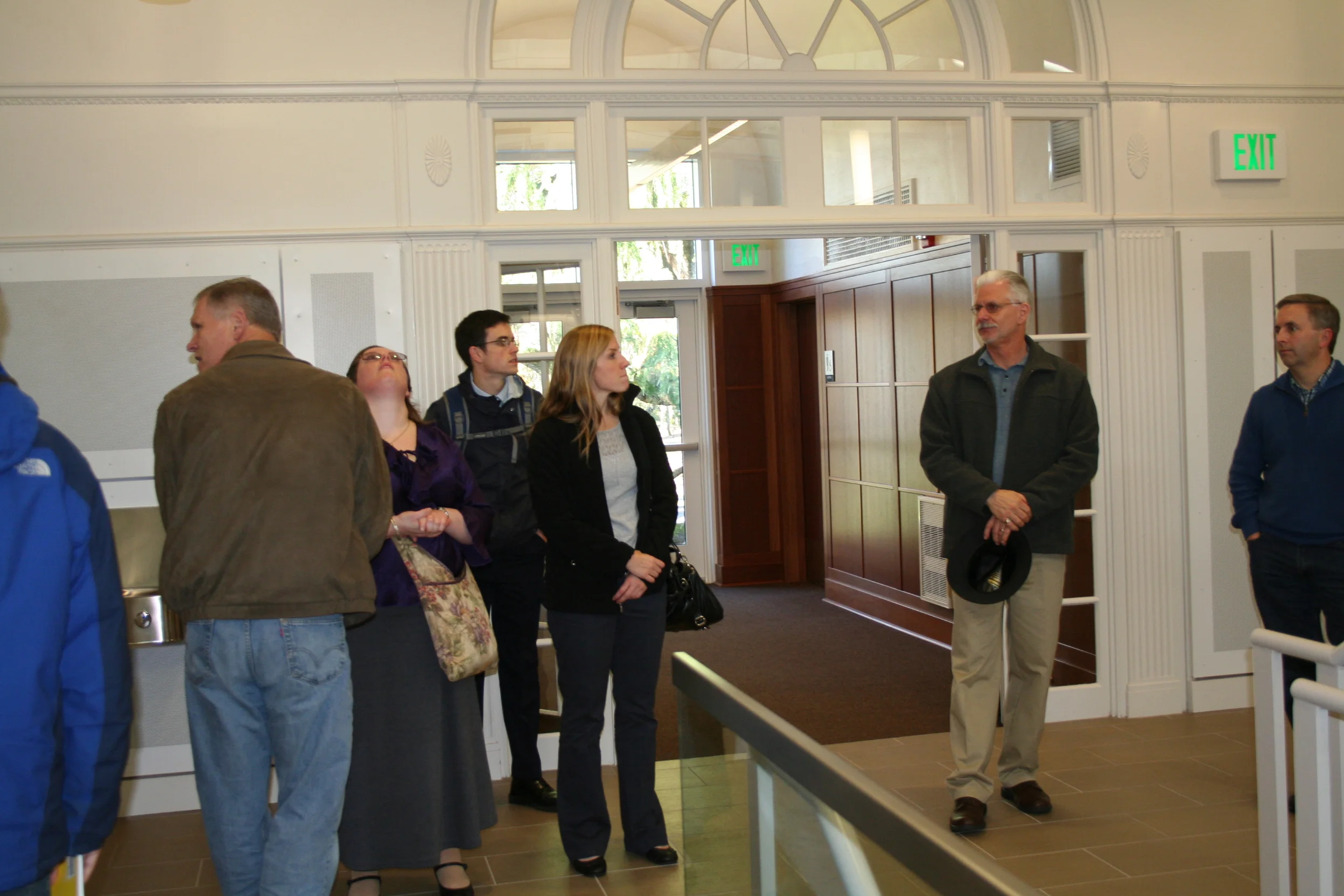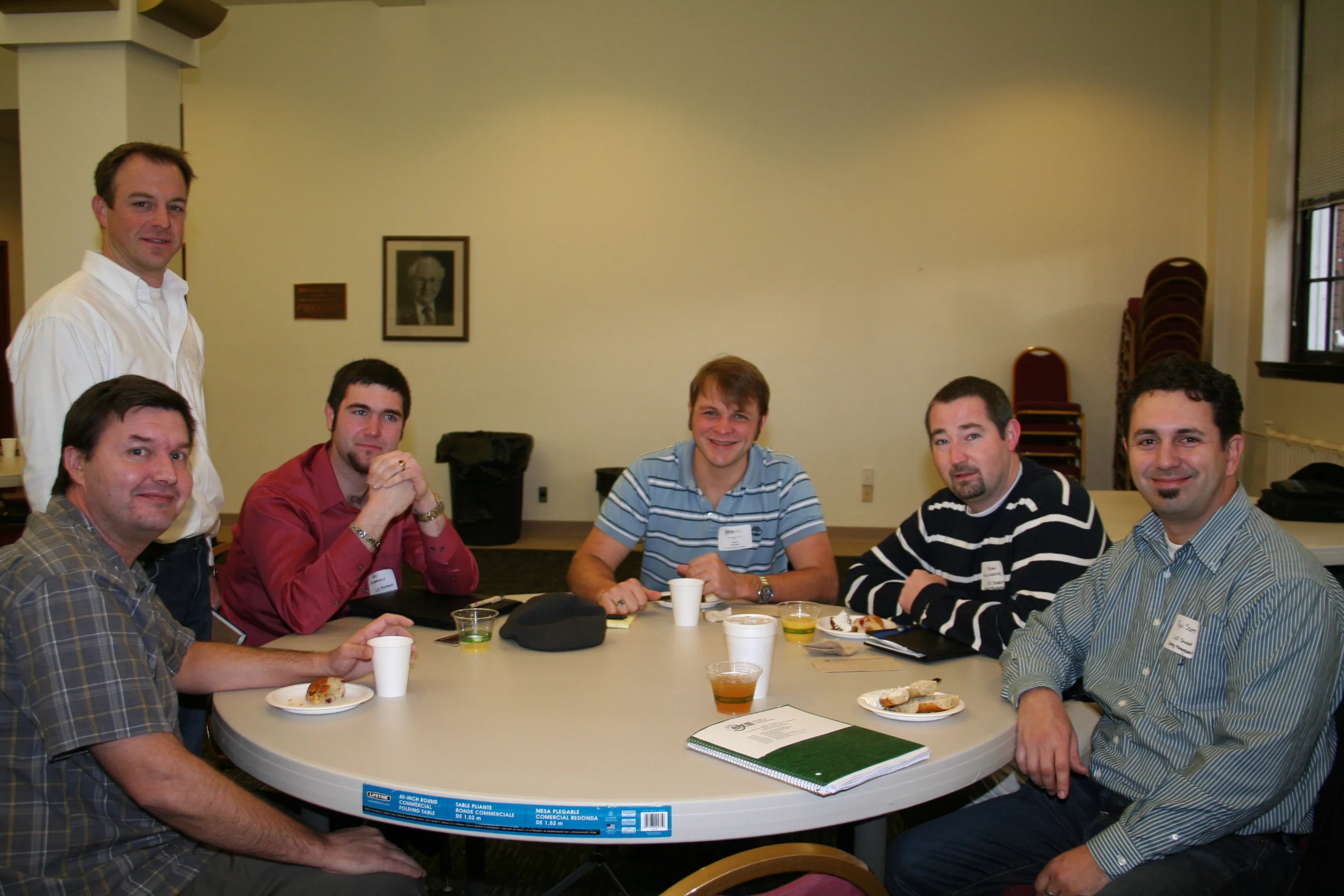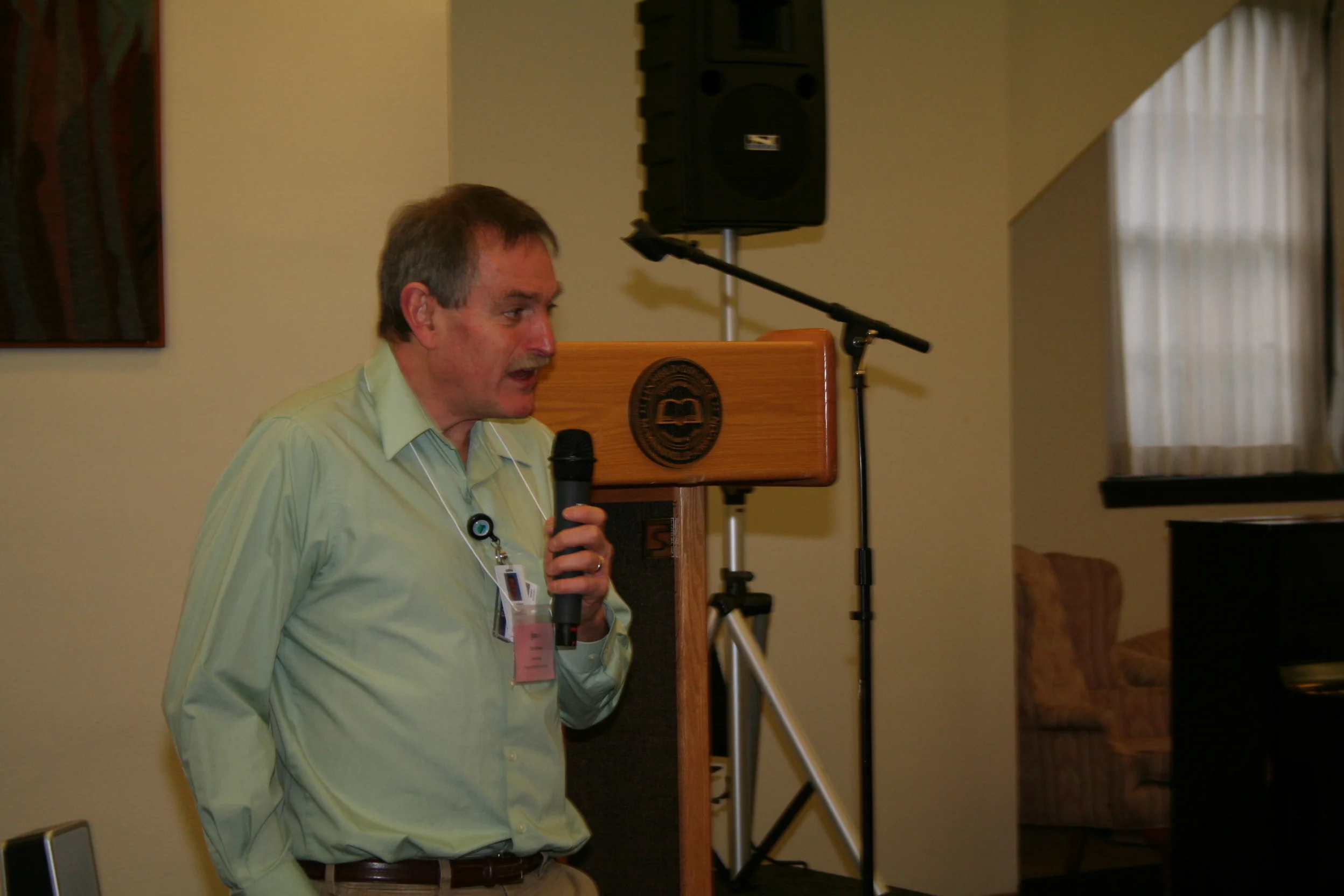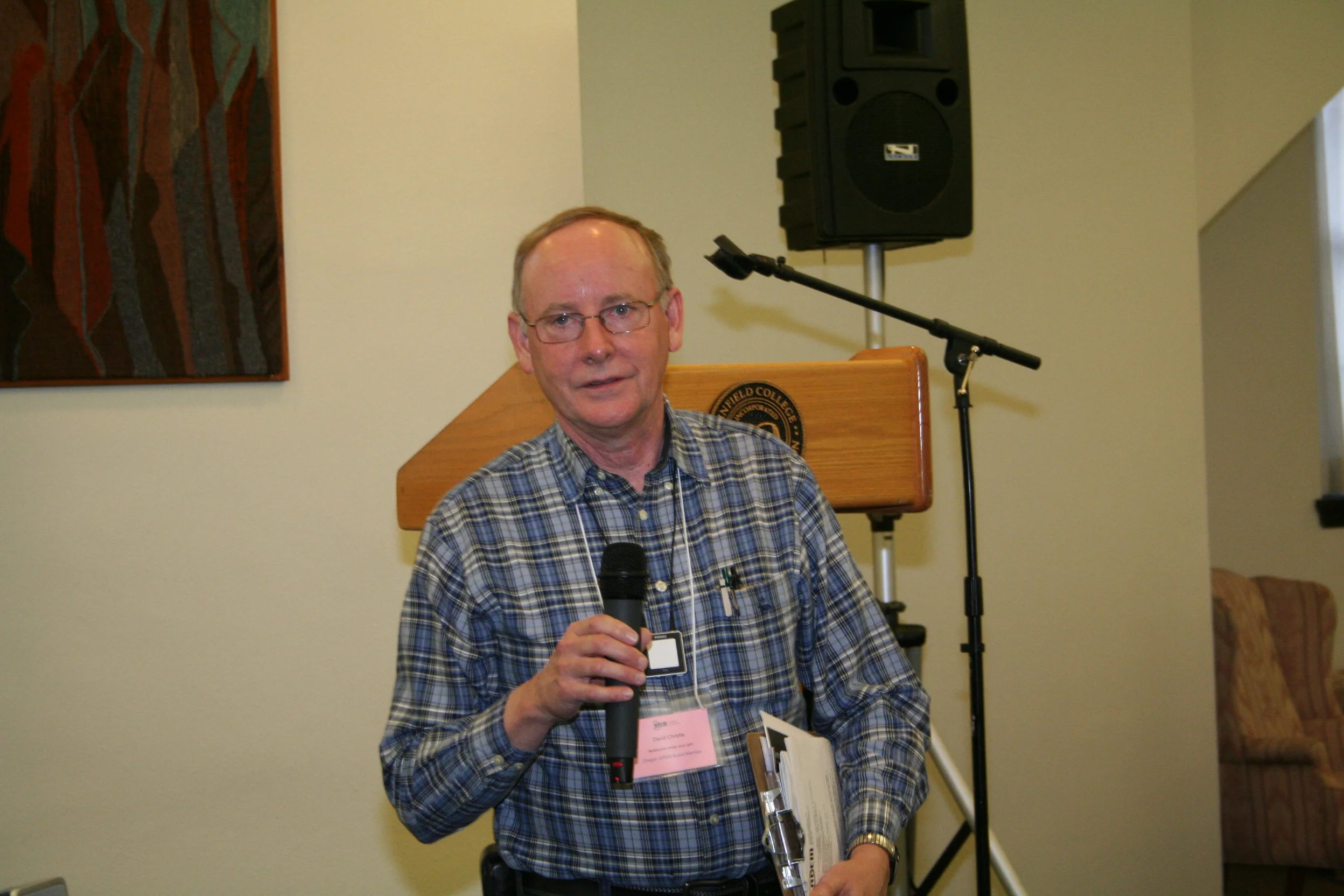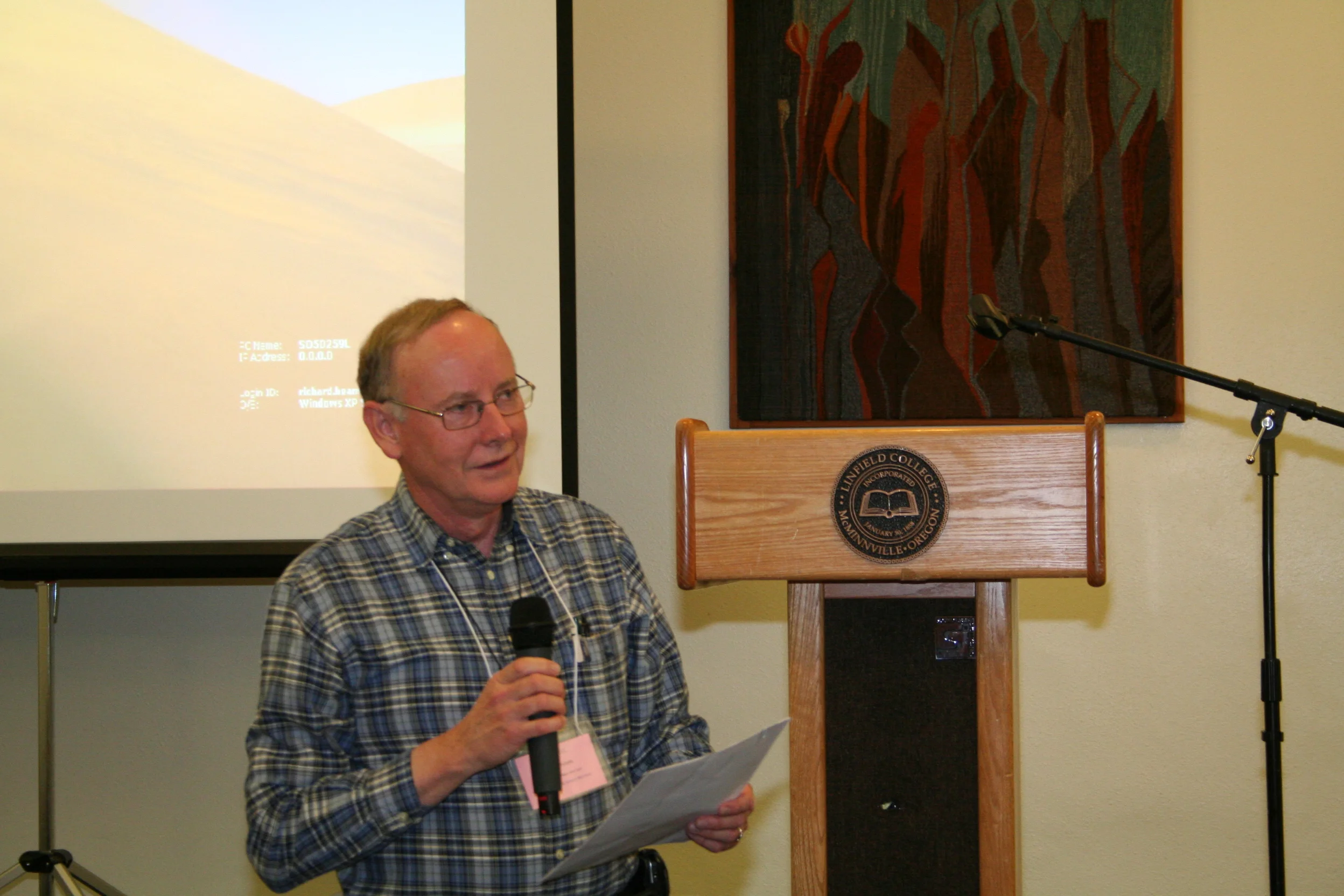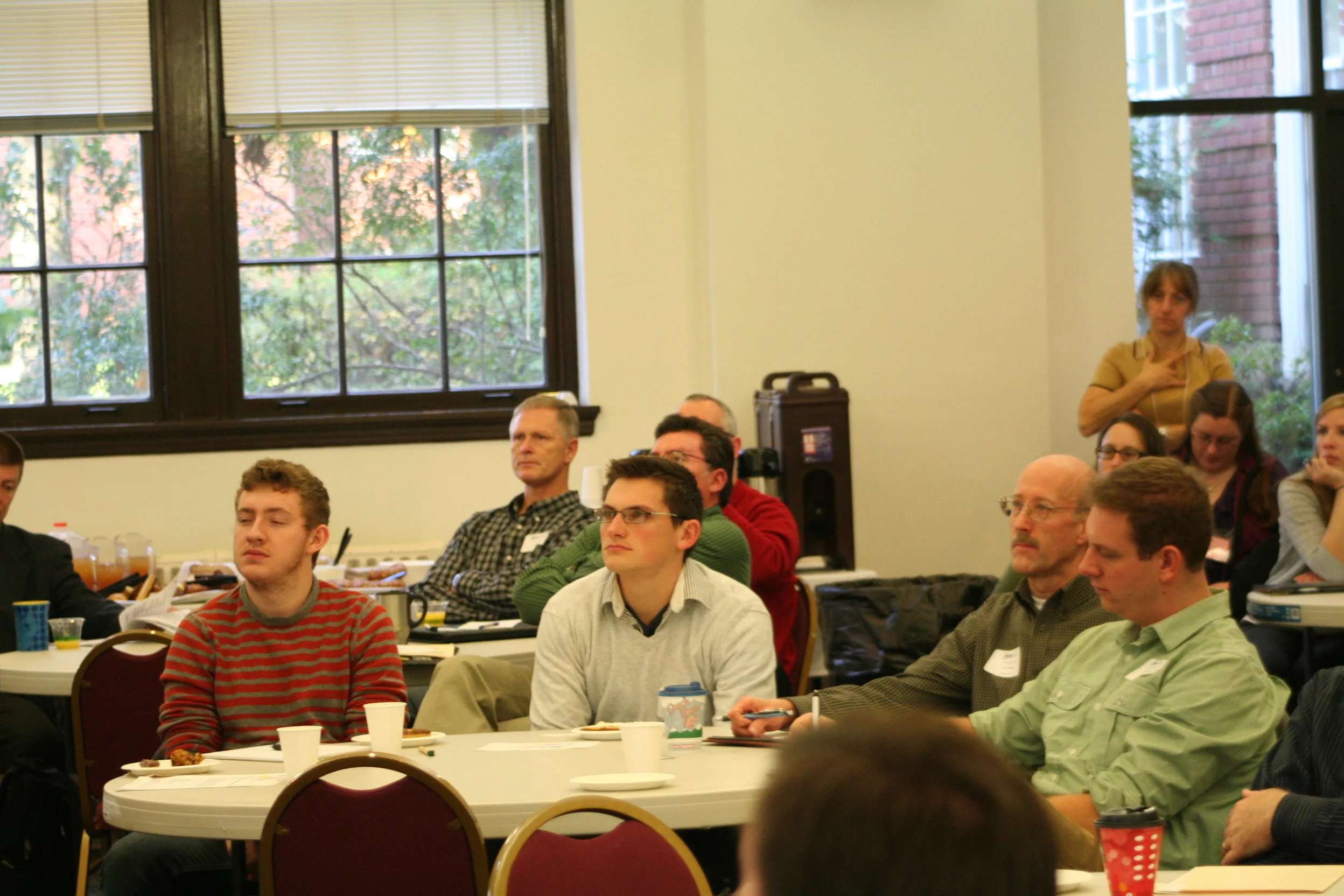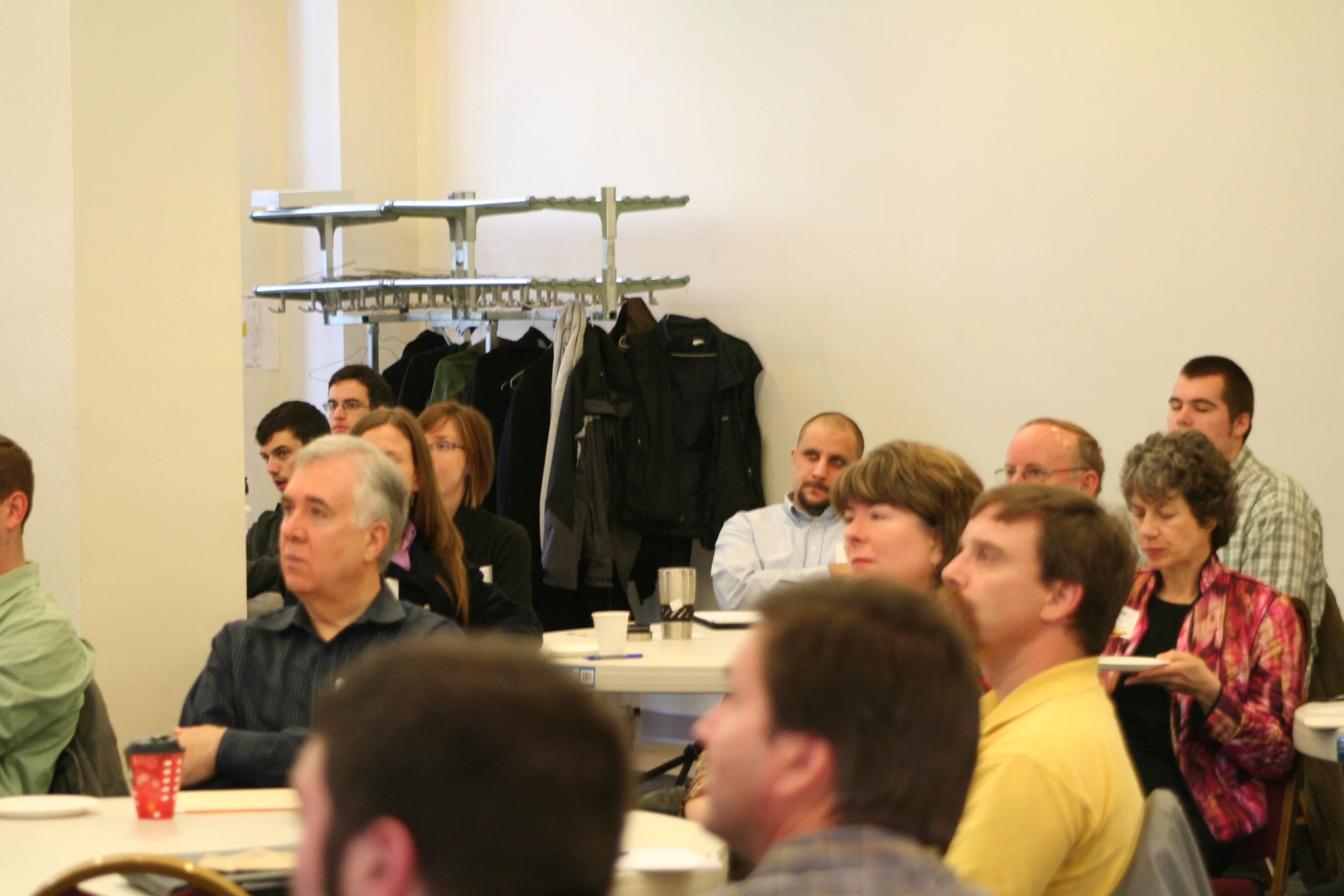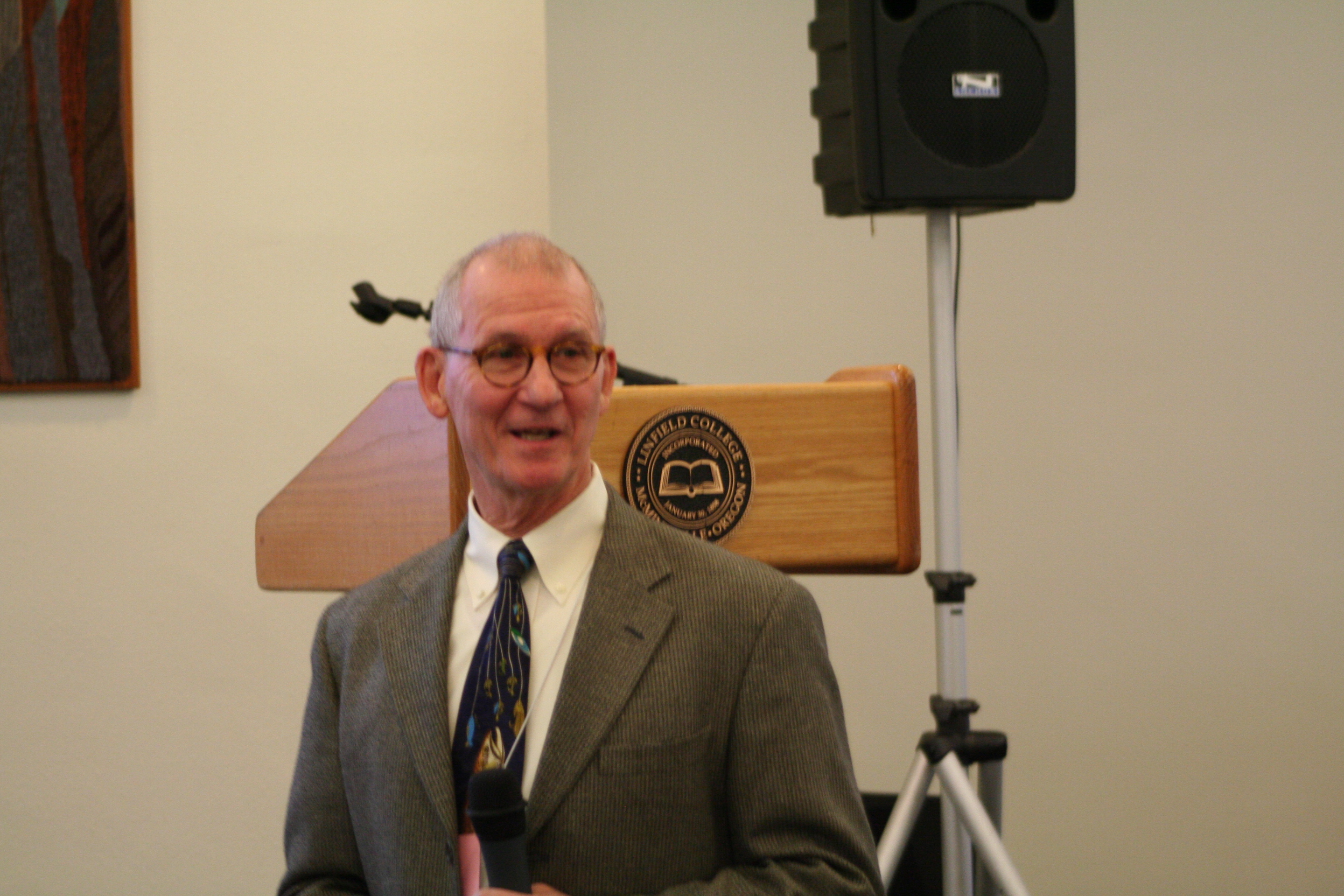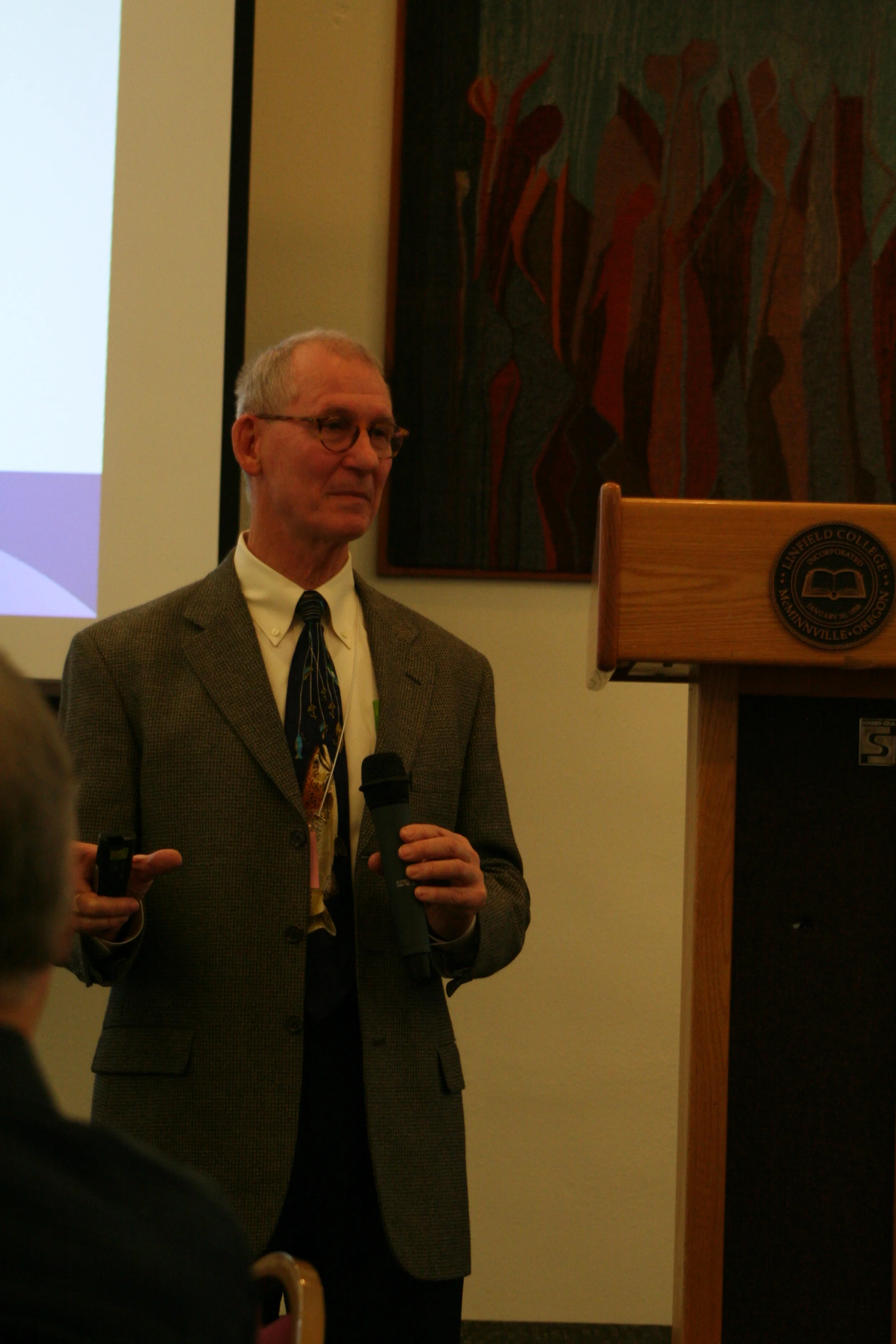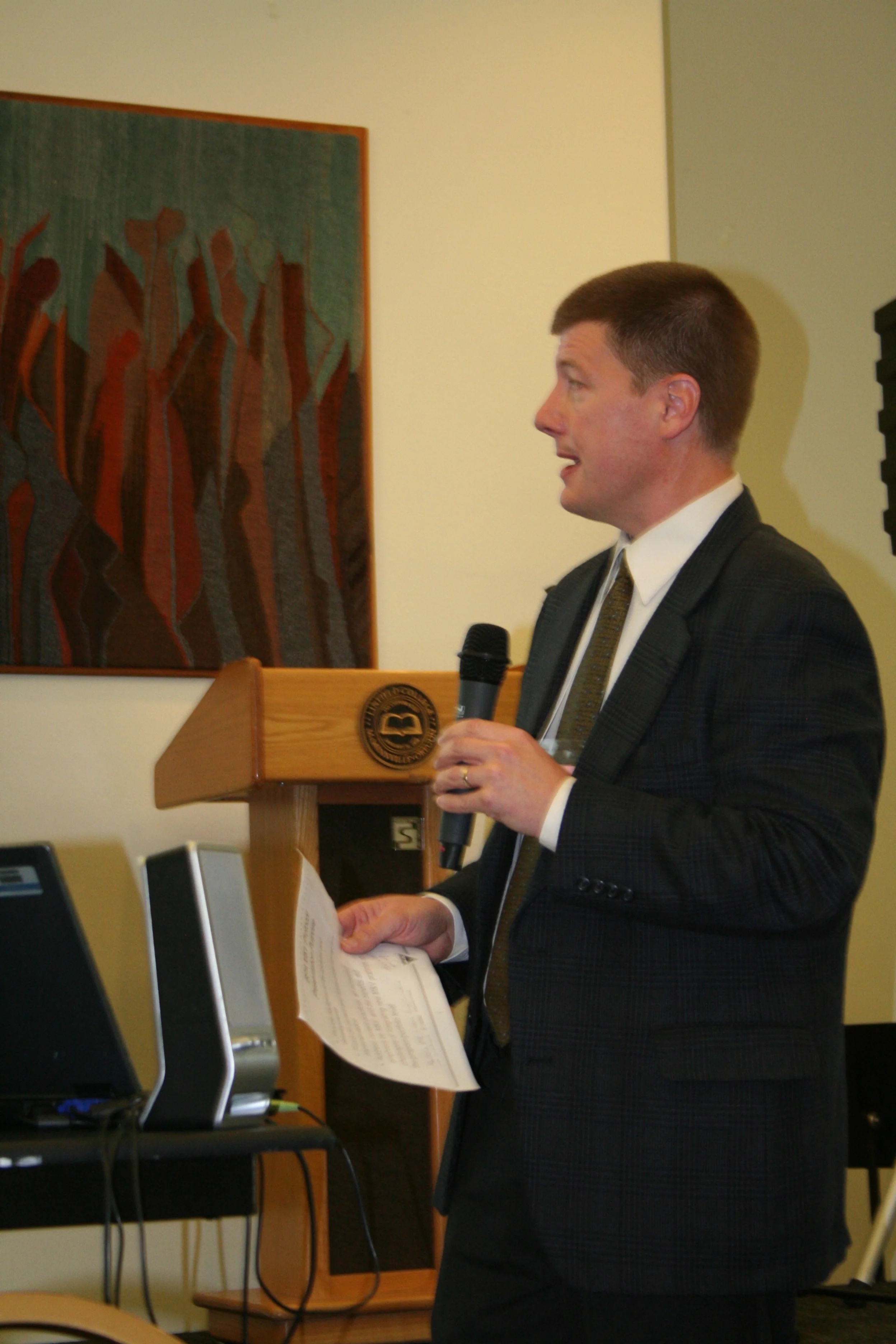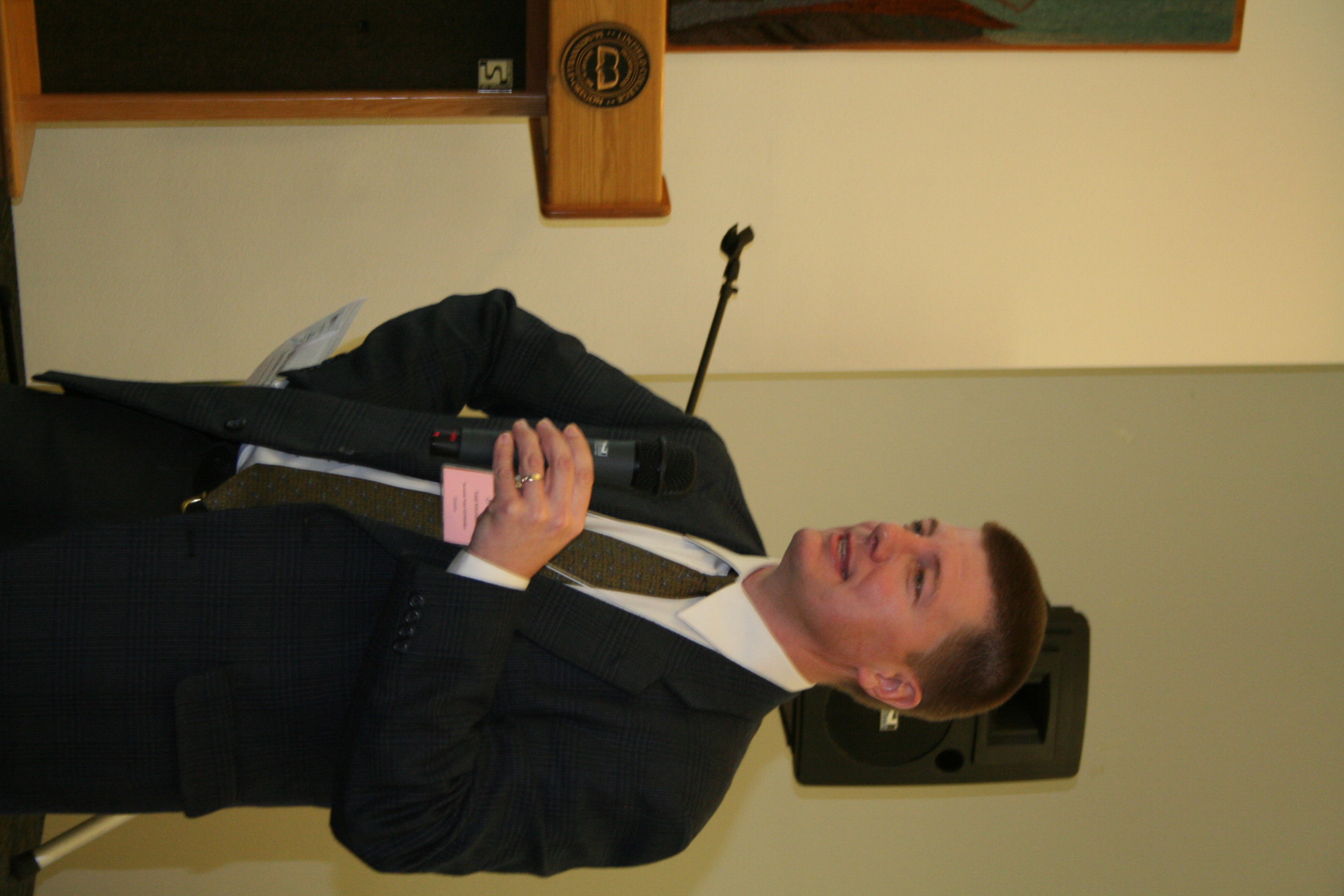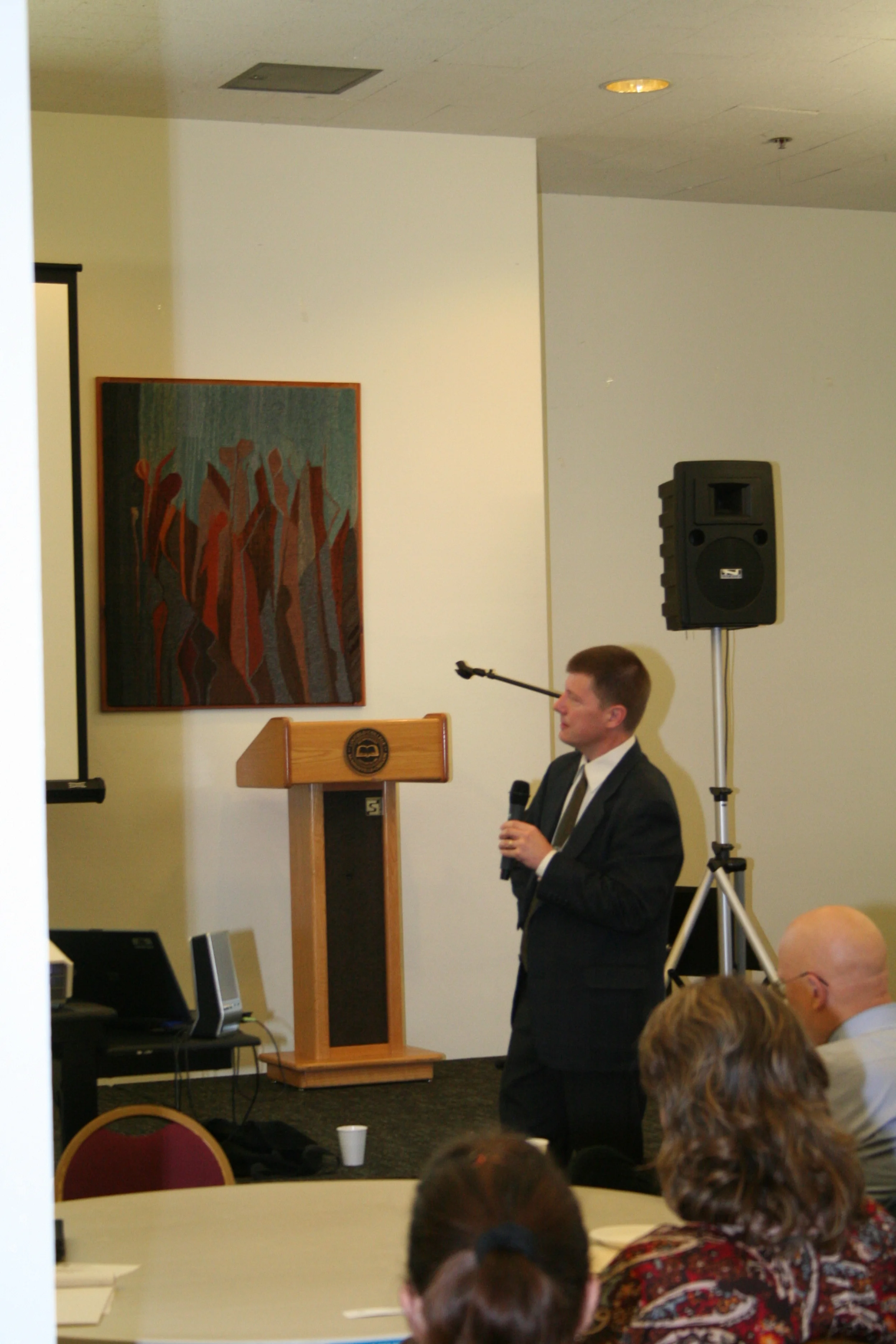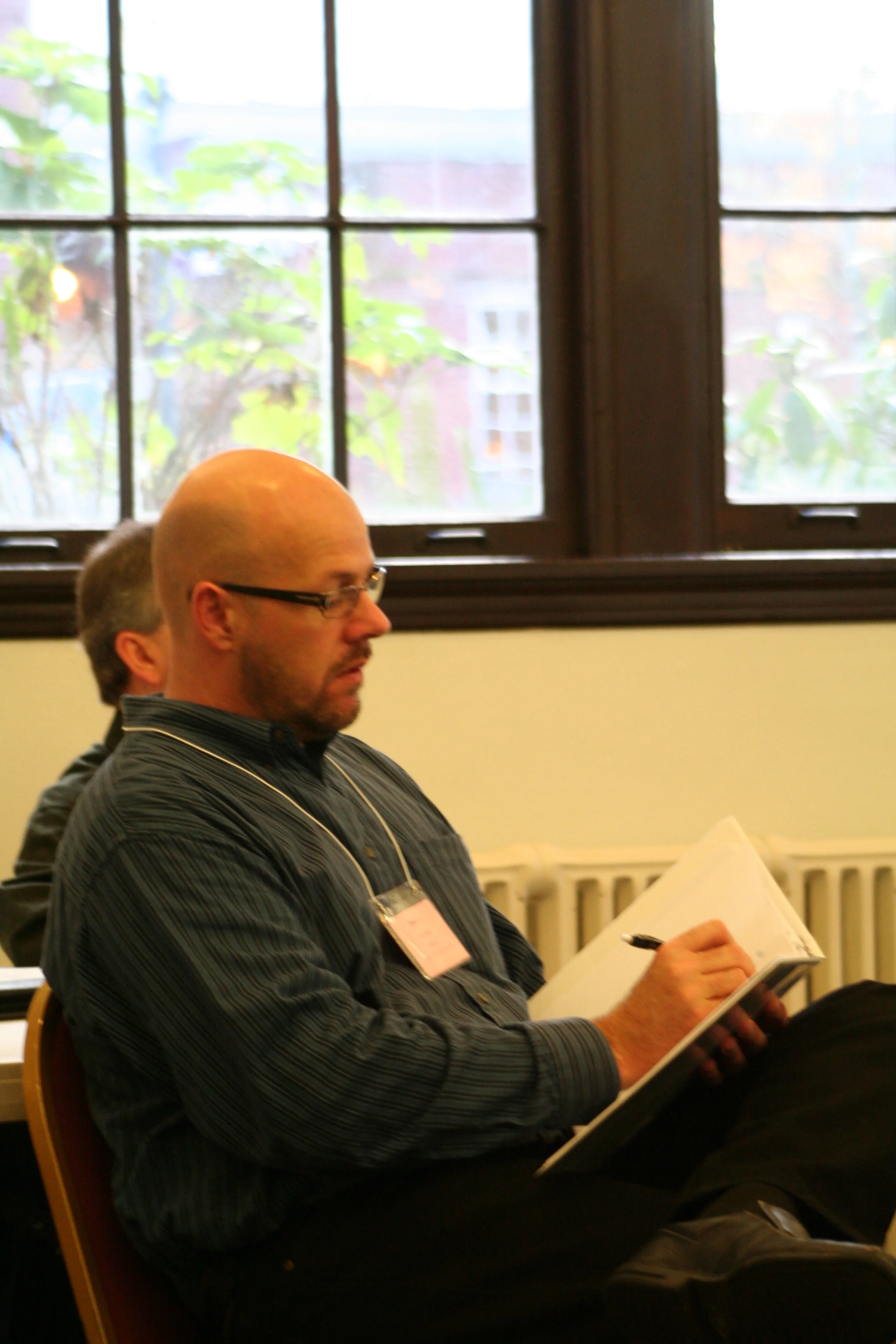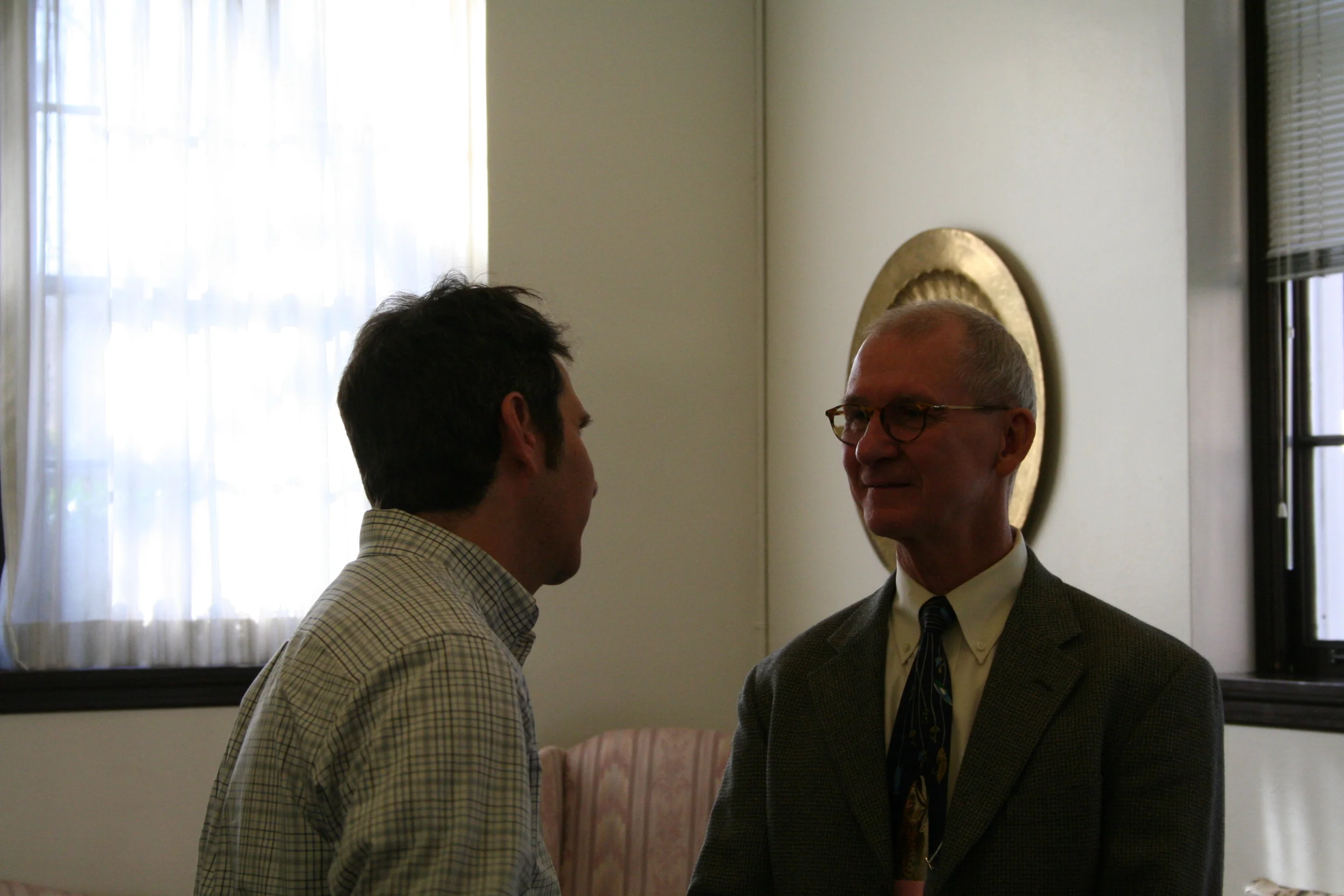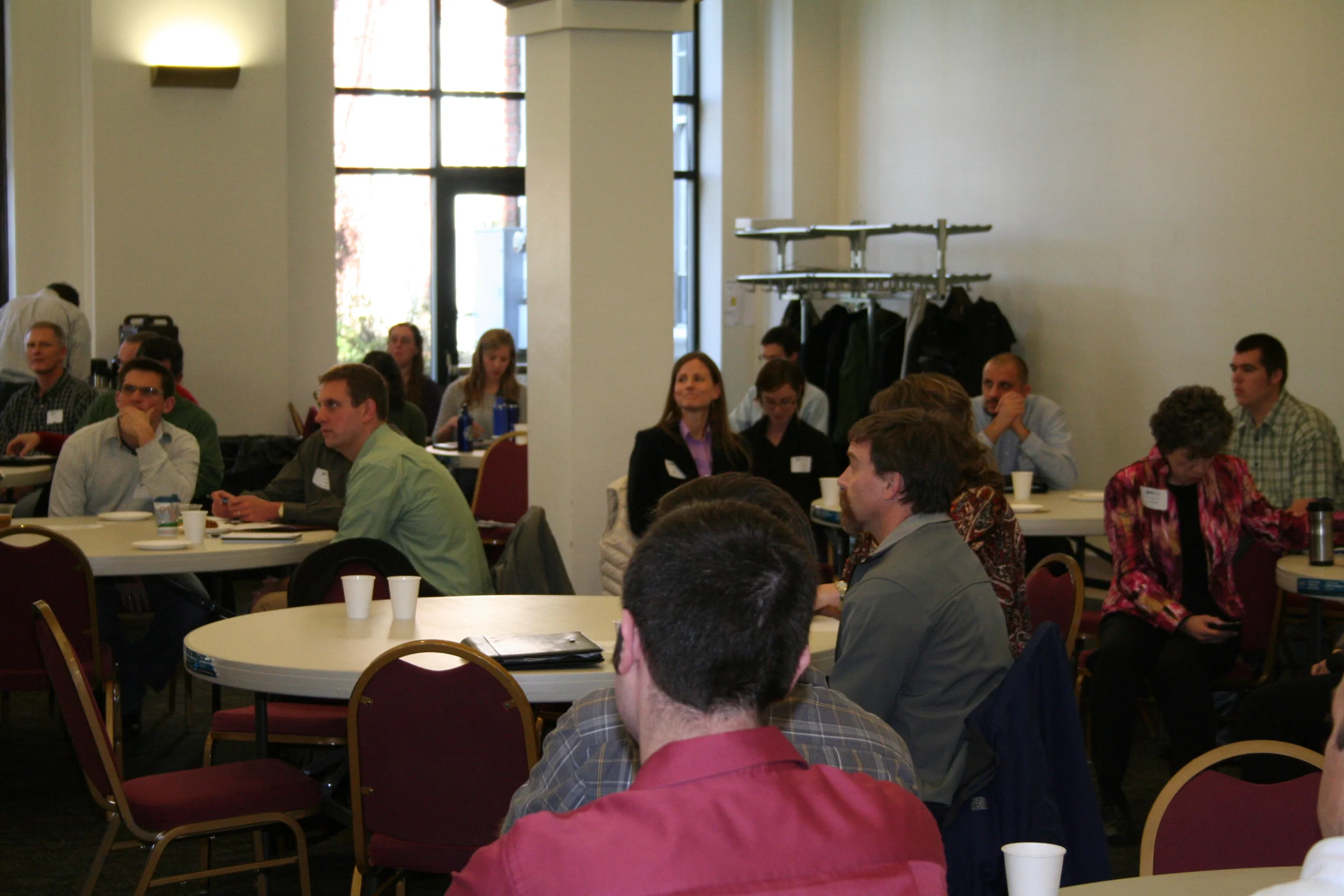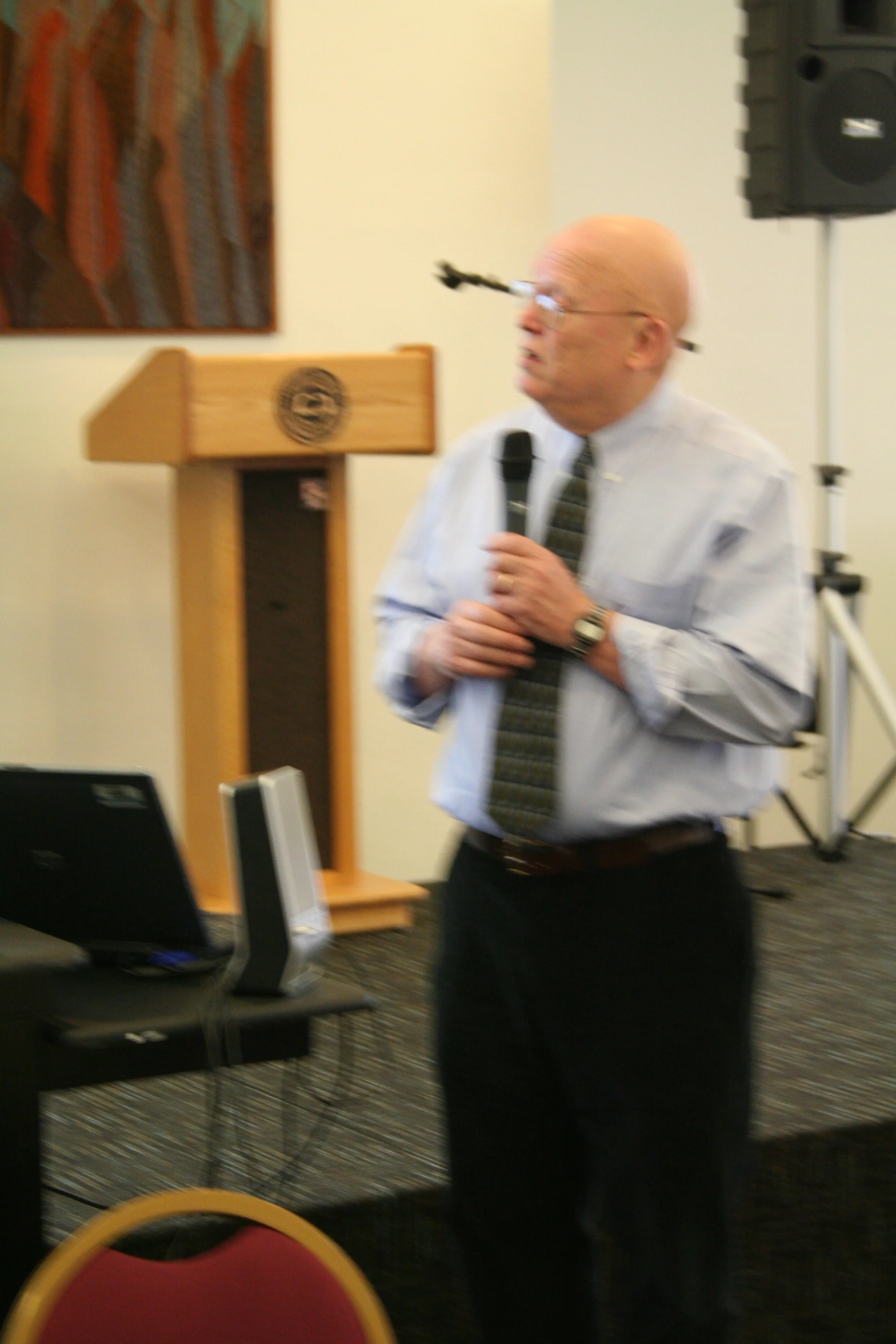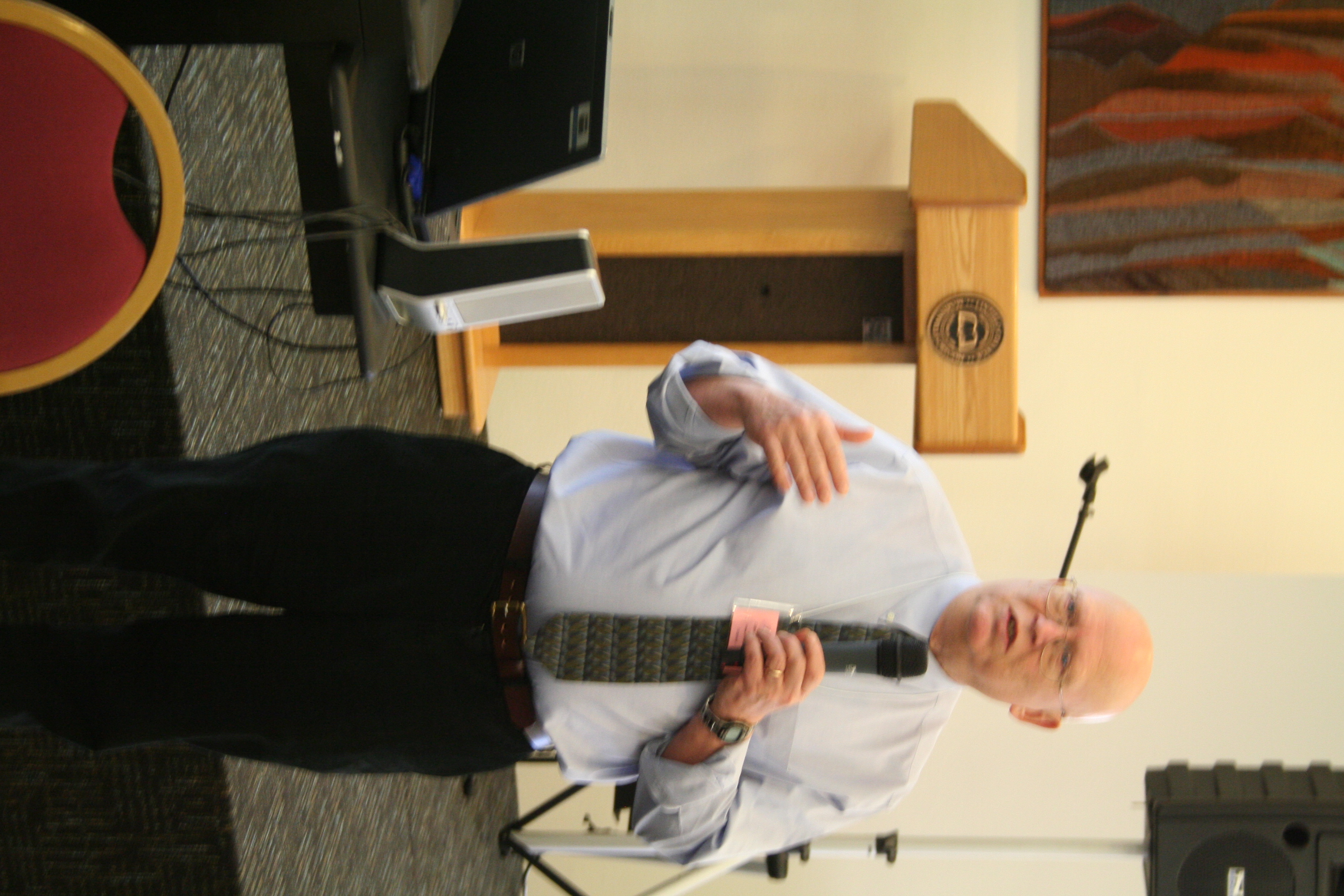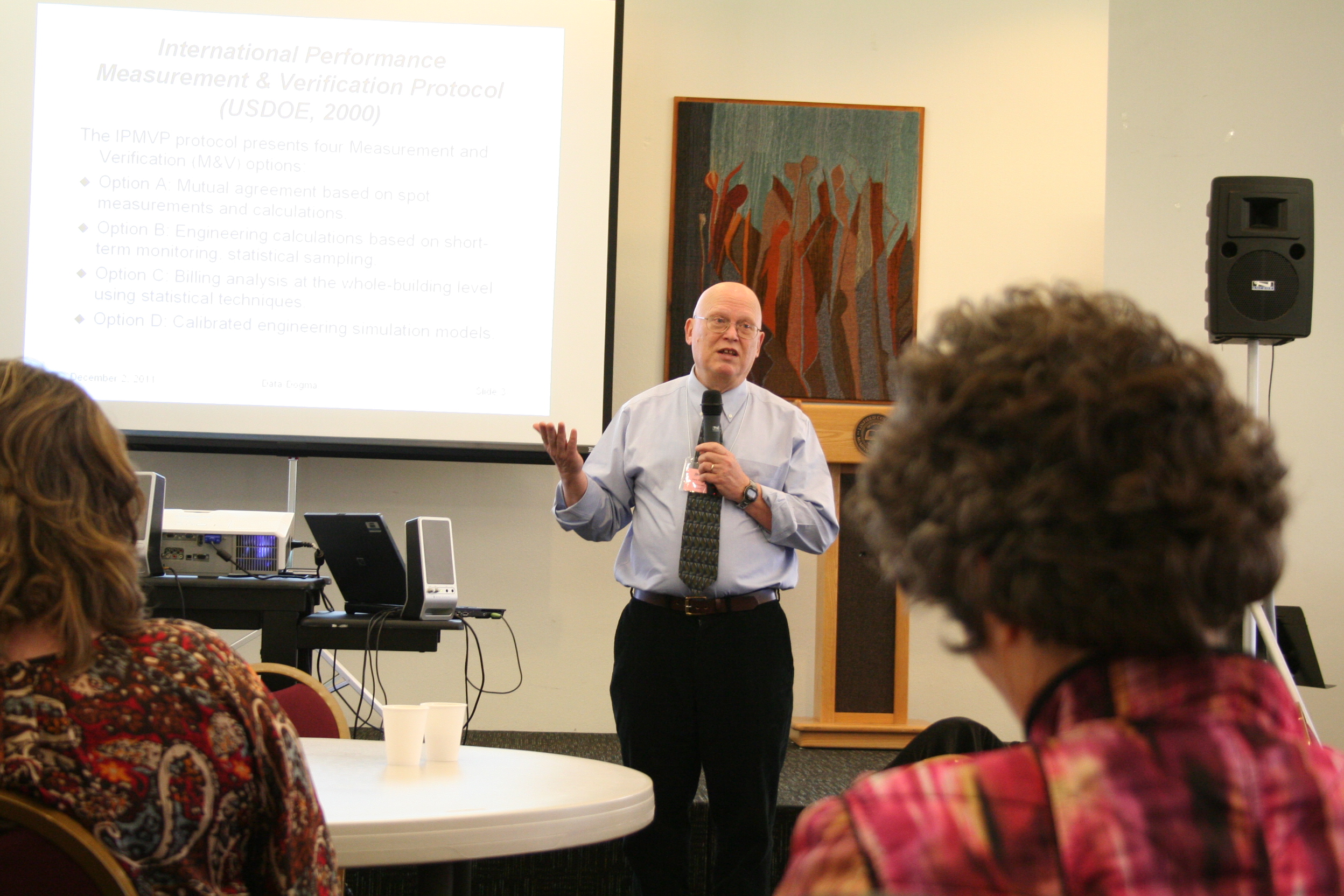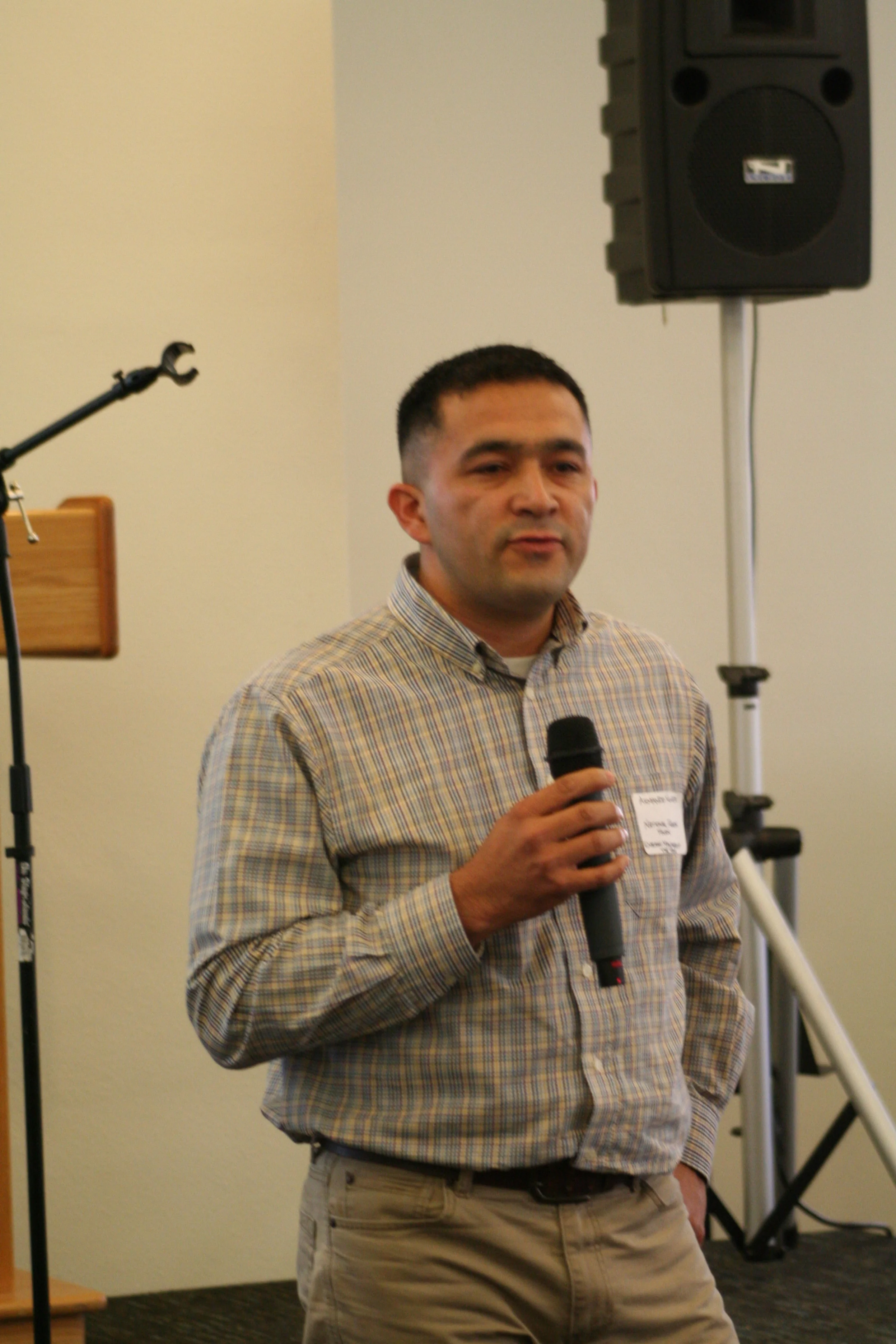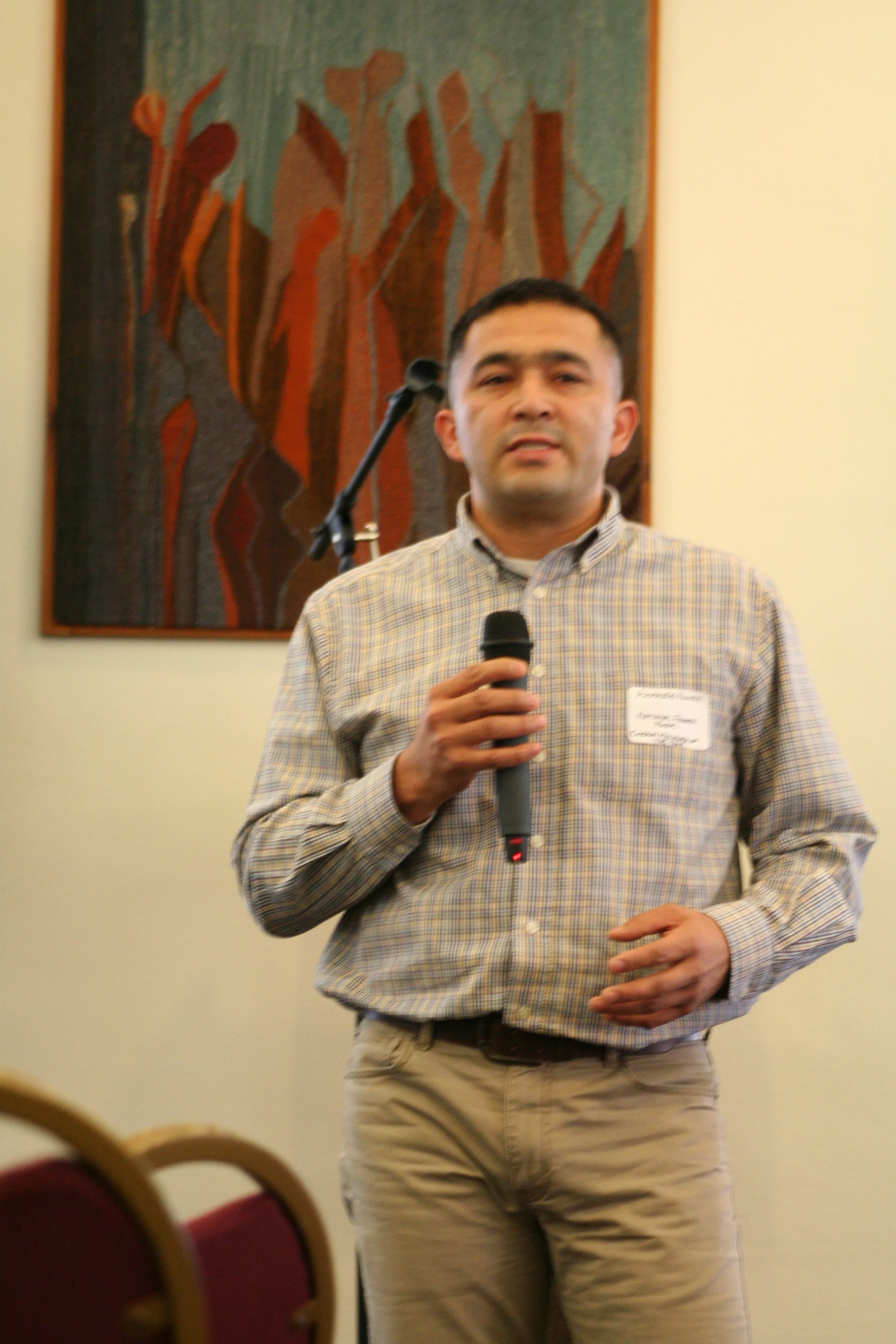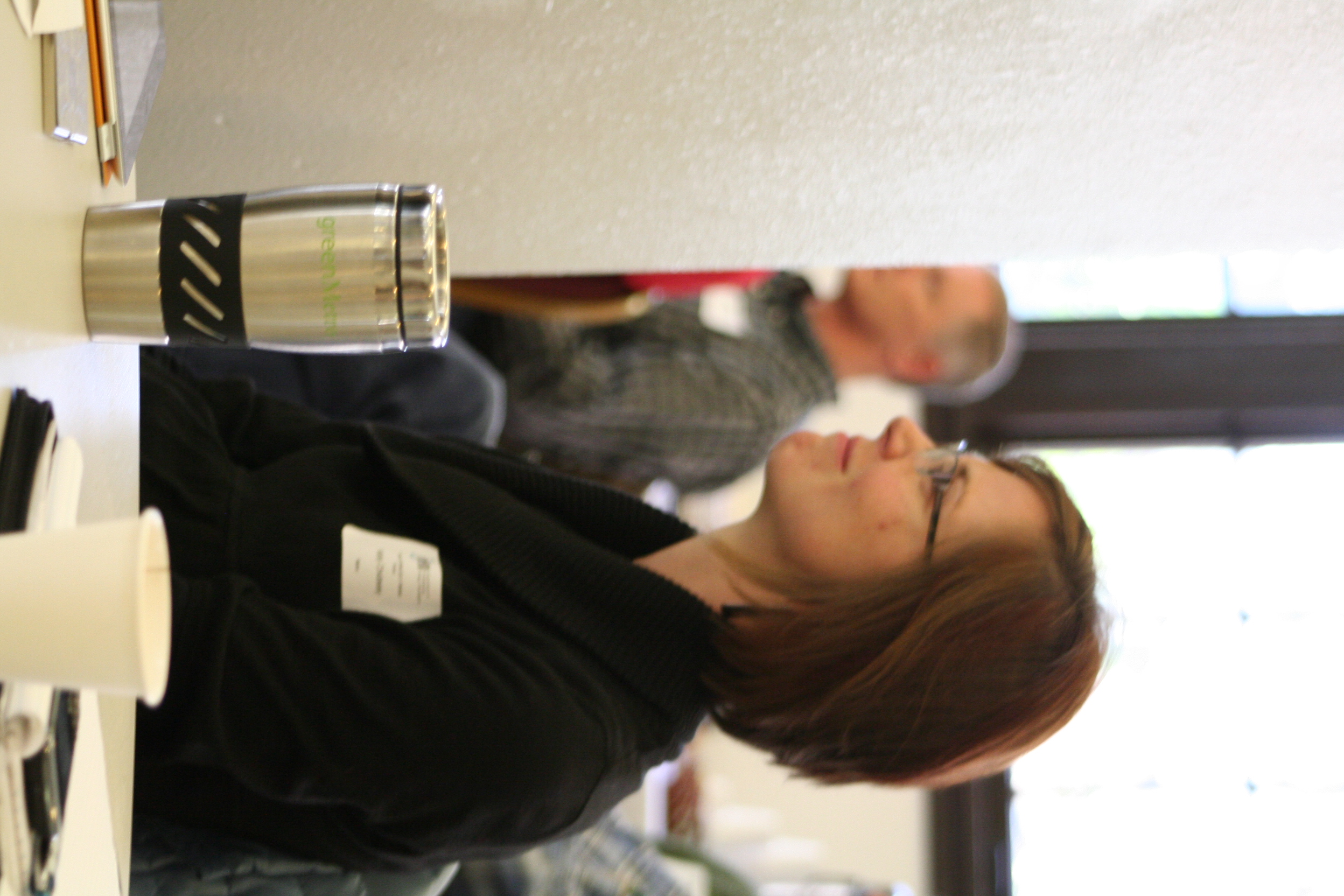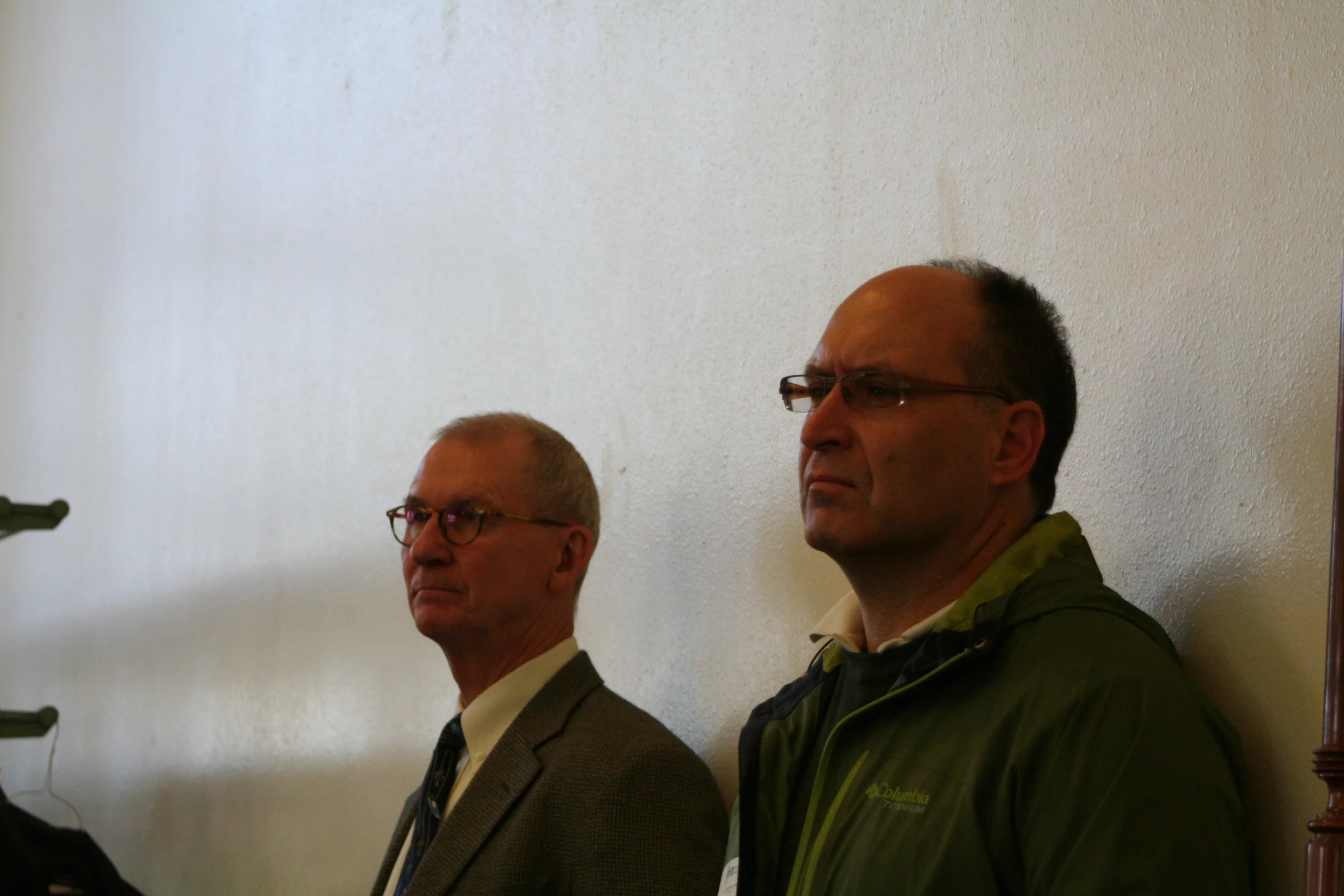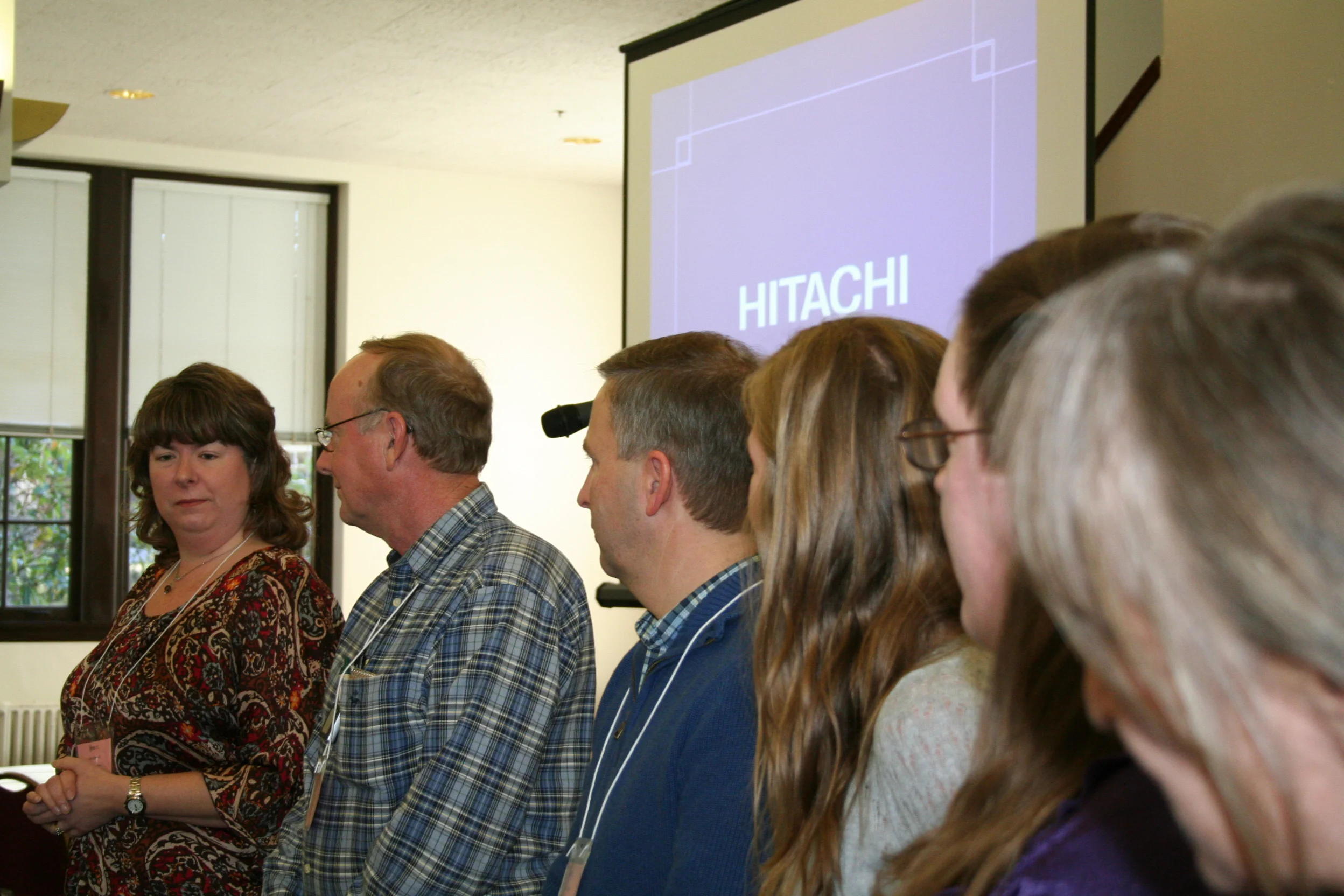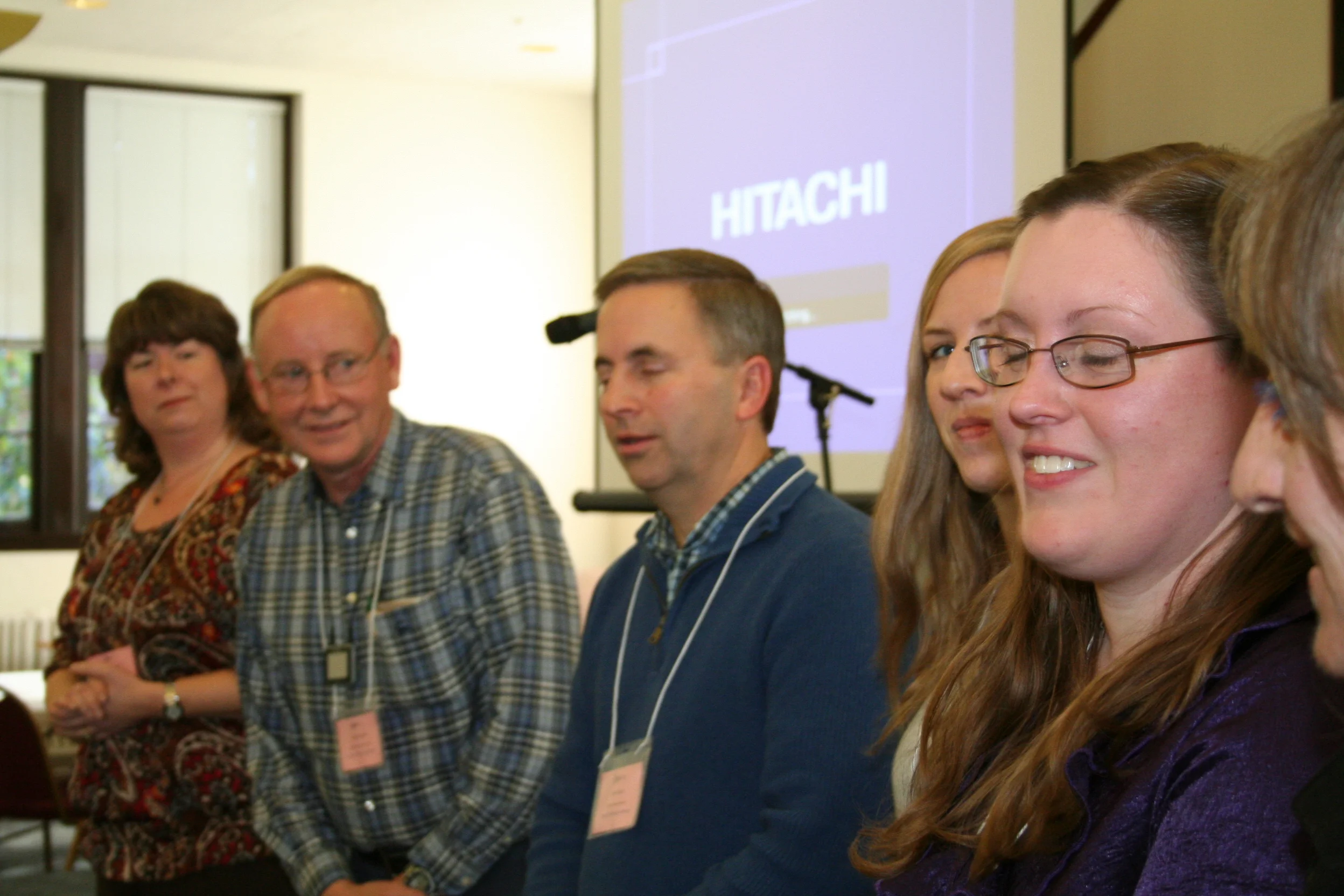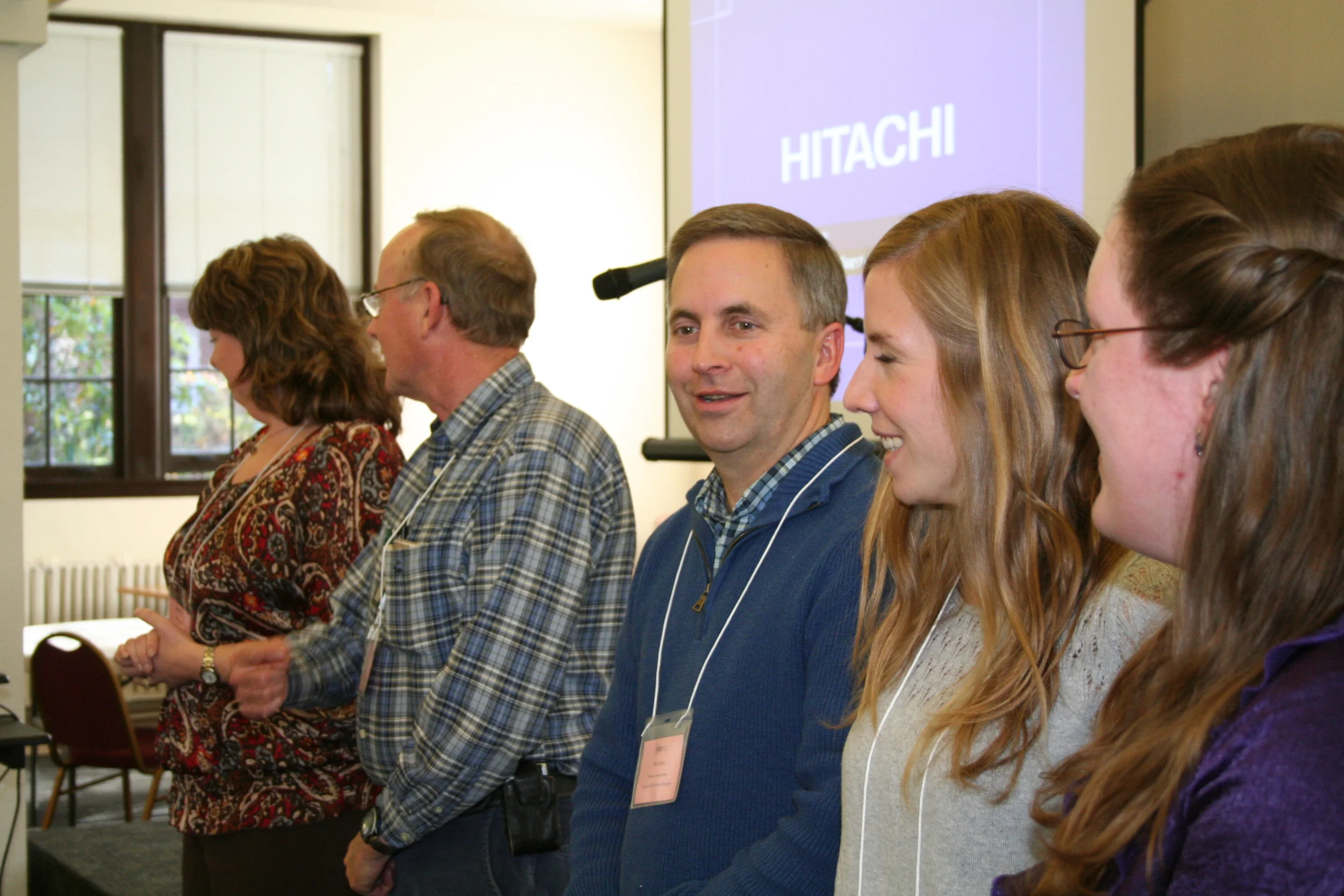Winter 2011 Forum
Proving Energy Savings..."The Proof Is In the Pudding"
December 2, 2011
Linfield College, Melrose Building, McMinnville, OR
The winter forum was held on a beautiful, sunny day in McMinnville, OR at the historic campus of Linfield College. The morning started with networking over a delicious breakfast served by Harvest Fresh, followed by several fascinating presentations.
Richard Beam, the Facility Manager for Providence Hospitals, kicked off the morning presentations. His presented two case studies – one unsuccessful and one successful, and he shared the lessons learned from both. The “Energy Chump,” as Richard referred to the Newburg hospital project, was built to be a LEED Gold Building, but turned out to be one of Providence’s highest energy consuming buildings. A few of the many efficiency measures included in the design of the Newburg hospital included: low-flow water fixtures, low VOC materials, heat recovery on all AHUs, and condensing boilers. Providence found that all the efficiency measures only increased the cost of the building 2 percent above the cost of meeting code.
Once the hospital had been operating for a whole year the ENERGY STAR score was only 25, which was the lowest for any hospital in the area (this score implies that 75% of the hospitals use less energy than this one). Analysis provided several reasons for the poor performance of the Newburg Hospital. A major reason was the result of limited energy modeling. After the first energy model was generated it was never revised as the building design was changed. Some of the equipment, such as the condensing boiler, was not being operated correctly because staff had not been properly trained. Additionally value engineering had reduced the efficacy of the heat recovery system for the AHUs, which had a large impact because the hospital was operating with 100 percent outside air (for improved IAQ). After a great deal of investigation and work the Newburg hospital’s ENERGY STAR score has increased to 64, which means that only 36% of the hospitals use less energy than this one.
Richard wrapped up his presentation discussing the Portland Medical Center, which has an ENERGY STAR score of 76. The central plant was designed as a variable primary system rather than the more traditional constant primary / variable secondary. The valves in the system are pressure independent valves that ensure the design maximum temperature change is achieved across the coils. This increases the efficiency of both the chillers and the system pumps. See His Presentation
Todd Amundson of Bonneville Power Administration (BPA) then discussed the recent changes made to BPA’s M&V (Measurement and Verification) Protocols. BPA undertook a lengthy study to evaluate the performance of past energy saving projects. They also evaluated the nationwide current best practices to see if their protocols should be revised. As a result, their protocols have been revised and greatly expanded in 2011. Gone is the 30 page document that used to describe the M&V requirements for BPA programs, and in their place is a set of seven different documents that provided expanded detailed requirements in order to qualify for incentives through BPA, titled: Protocol Selection Guide, Verification by Equipment or End-Use Metering Protocol, Verification by Energy Modeling Protocol, Verification by Energy Use Indexing Protocol, End Use Metering Absent Baseline Measurement, Regression for M&V: Reference Guide, Sampling for Measurement & Verification (M&V): Reference Guide, Engineering Calculations with Verification Protocol: and a Glossary. These documents can be downloaded for free at https://conduitnw.org by clicking “Topics,” then “More,” then “M&V.” The original BPA M&V protocols were developed prior to the development of the IPMVP, and they have now been updated to adhere to the IPMVP, except for option D. The BPA protocols are not measure specific, but they provide details of the necessary processes, and they can be used to provide guidance on the development of a specific standard savings estimation protocol. Also the Regional Technical Forum (RTF) has been working on custom and comprehensive M & V measures. More information can be found at RTFs website: http://www.nwcouncil.org/energy/rtf/. See His Presentation
Dave Robison of Stellar Processes gave a presentation on the International Performance Measurement and Verification Protocol (IPMVP). The IPMVP was developed in 2000 as a method that companies could use to document actual energy savings that result from energy saving projects. It was updated in 2010 and it includes four options: Option A) Mutual agreement based on spot measurements and calculations; Option B) Engineering calculations based on short-term monitoring, statistical sampling; Option C) Billing analysis at the whole-building level using statistical techniques; and Option D) Calibrated engineering simulation models. The IPMVP requires a statement about the accuracy, or the relative precision of the measured savings, which is often overlooked. The basic premise of all options is to state first what the energy use would have been if the energy savings projects had not been implemented, and compare this to the energy use that actually occurred after the upgrade was installed. The IPMVP can be downloaded for free at: http://www.evo-world.org/. See His Presentation
The final presentation of the day was given by the 2011 Energy Manger of the Year. While there were many excellent nominations for this year’s award, Armando Nunez was selected for his phenomenal work at National’s Albany Plant. Through hard work on his own time Nunez analyzed energy bills and worked to promote energy efficiency changes at the plant. Currently the Albany plant has saved 1.7 million kWh and is still working toward their goal of 2 million kWh. For more information please see the separate article about our Energy Manager of the Year. See His Presentation
The results of the 2012 Oregon APEM Board elections were given (for details read the article on the Board Elections) just before more networking occurred over a delicious lasagna lunch. We then held our 2012 annual Member Meeting where we heard from Don Holland, current President, and SaraHope Smith, current Treasurer.
The winter forum wrapped up with a tour of the LEED Silver TJ Day Hall. The building had recently completed a major renovation and includes classrooms and office space for professors. The building includes day lighting, lighting controls, solar power generation, and new heating and cooling system that uses radiant ceiling panels to provide both heating and cooling. CO2 sensors are located in most spaces to ensure adequate outdoor ventilation air is provided to each space, without wasting excess energy by providing too much ventilation air. An energy saving heat wheel is employed to pre-heat or pre-cool the outside ventilation air with building exhaust air.
Presentations:
Richard Beam, Providence Hospitals
Todd Amundson, Bonneville Power Administration
